US Photography
1/48
Earn XP
Description and Tags
Midterm
Name | Mastery | Learn | Test | Matching | Spaced |
|---|
No study sessions yet.
49 Terms
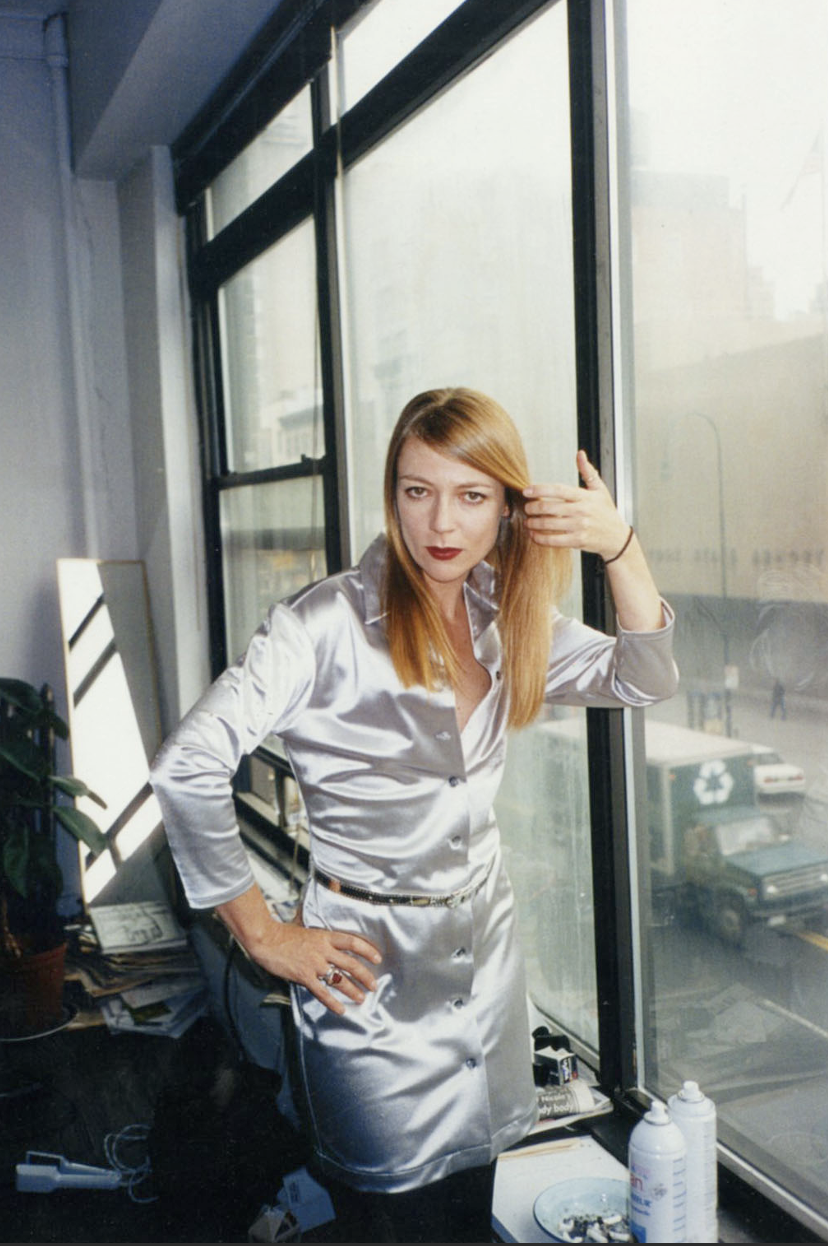
Title: “Morwenna Banks”
Artist:
Date: 1995
Medium:
Significance:
very self-staged
can see straightener, her hair is prominent
self-revealing image - unraveling idea of being completely put together
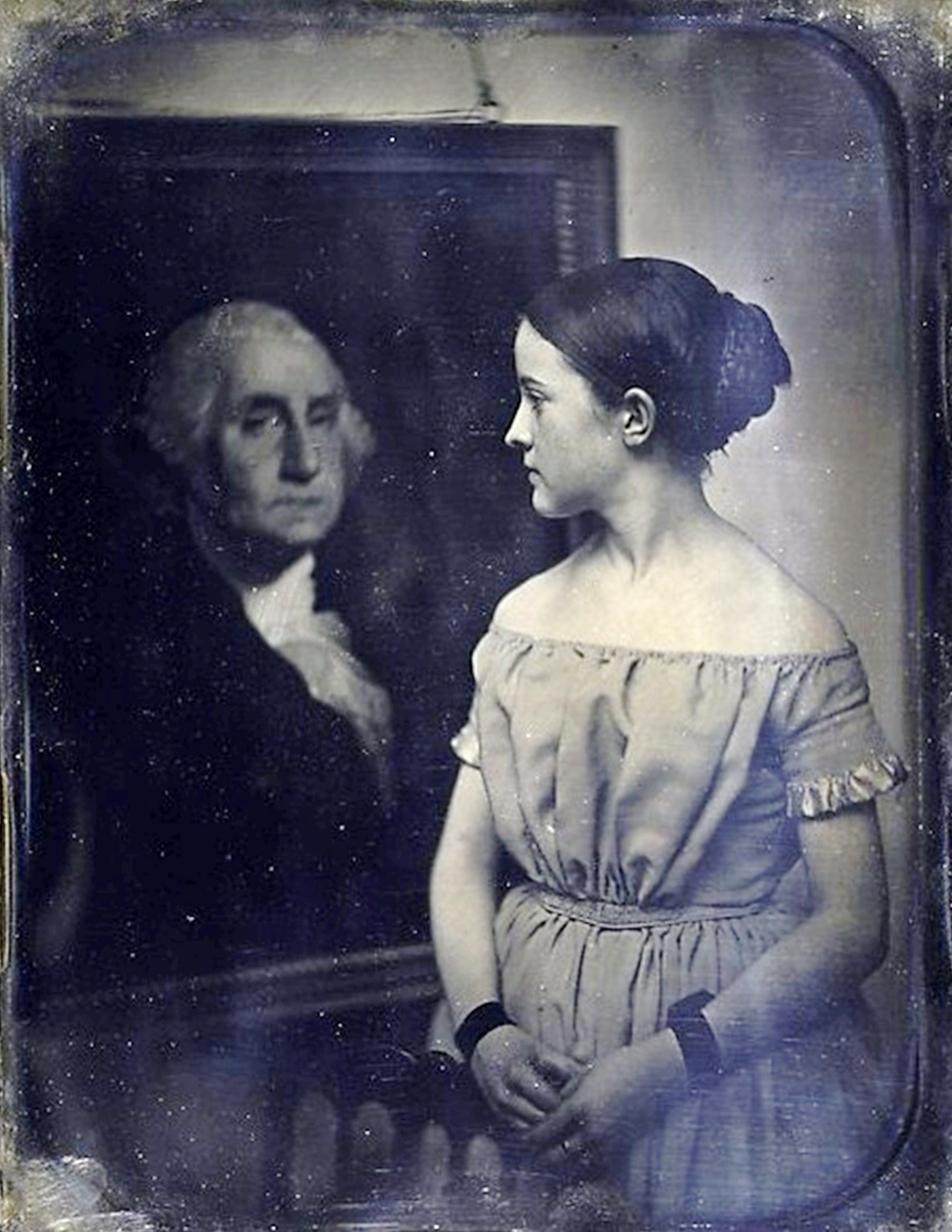
Title: “Girl with Portrait of George Washington”
Artist: Southworth and Hawes
Medium: Daguerreotype
Date: 1850
Significance: Southworth and Hawes American, active in Boston, 1843-1863 [Albert Sands Southworth American, 1811-1894 Josiah Johnson Hawes American, 1808-1901]
suggests that the next gen, symbolized by girl, inherits moral legacy of nation’s founders
brings image of Washington into private sphere - represents civic devotion through merging of home and nation
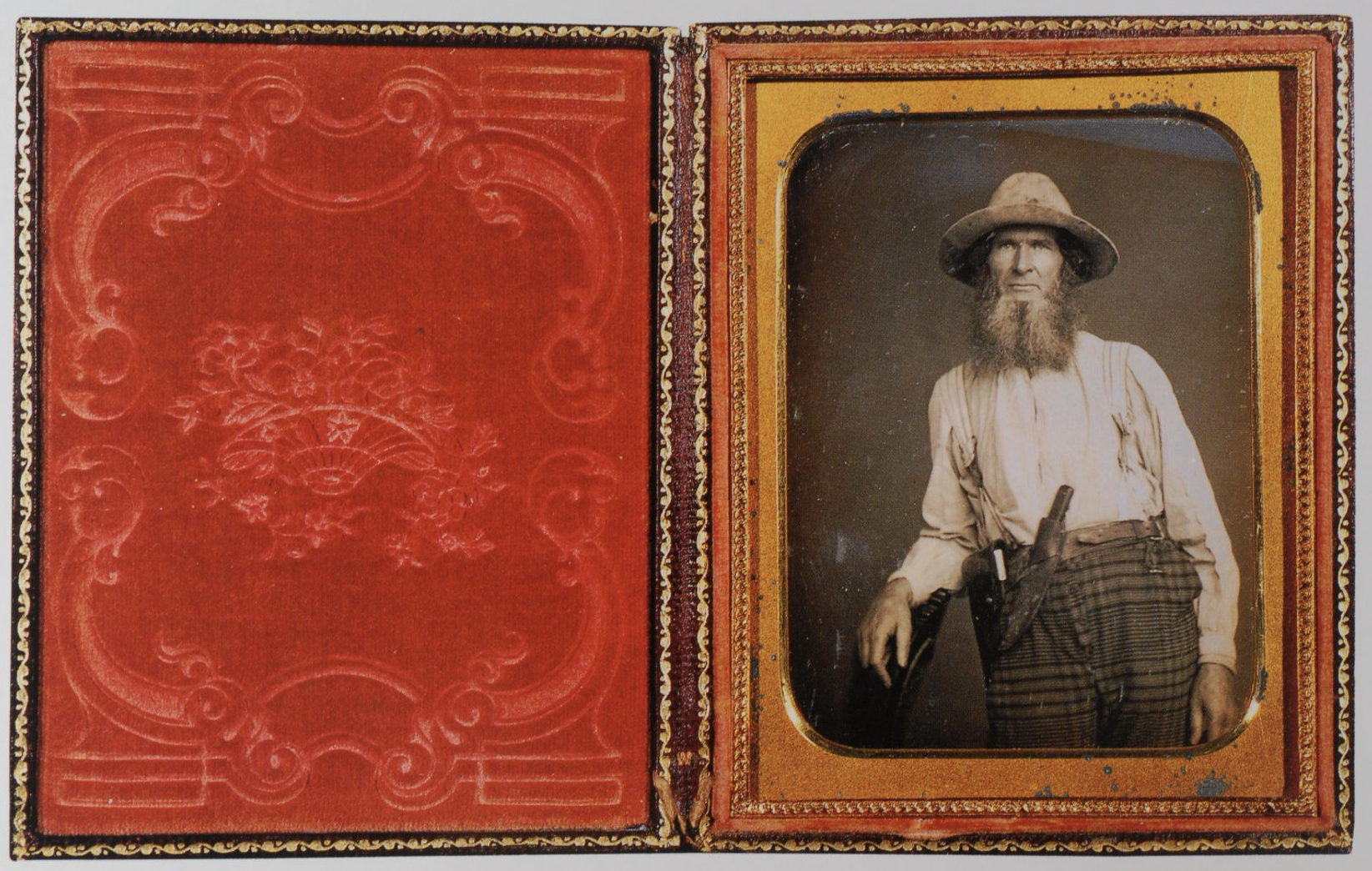
Title: “California Forty-Niner”
Artist:
Medium: Daguerreotype
Date: 1850
Medium:
Significance:
symbol of national expansion and a testament to individual endurance
daguerrotype as intimate object - badges of authenticity, marking them as participants in the nation’s grand narrative of expansion
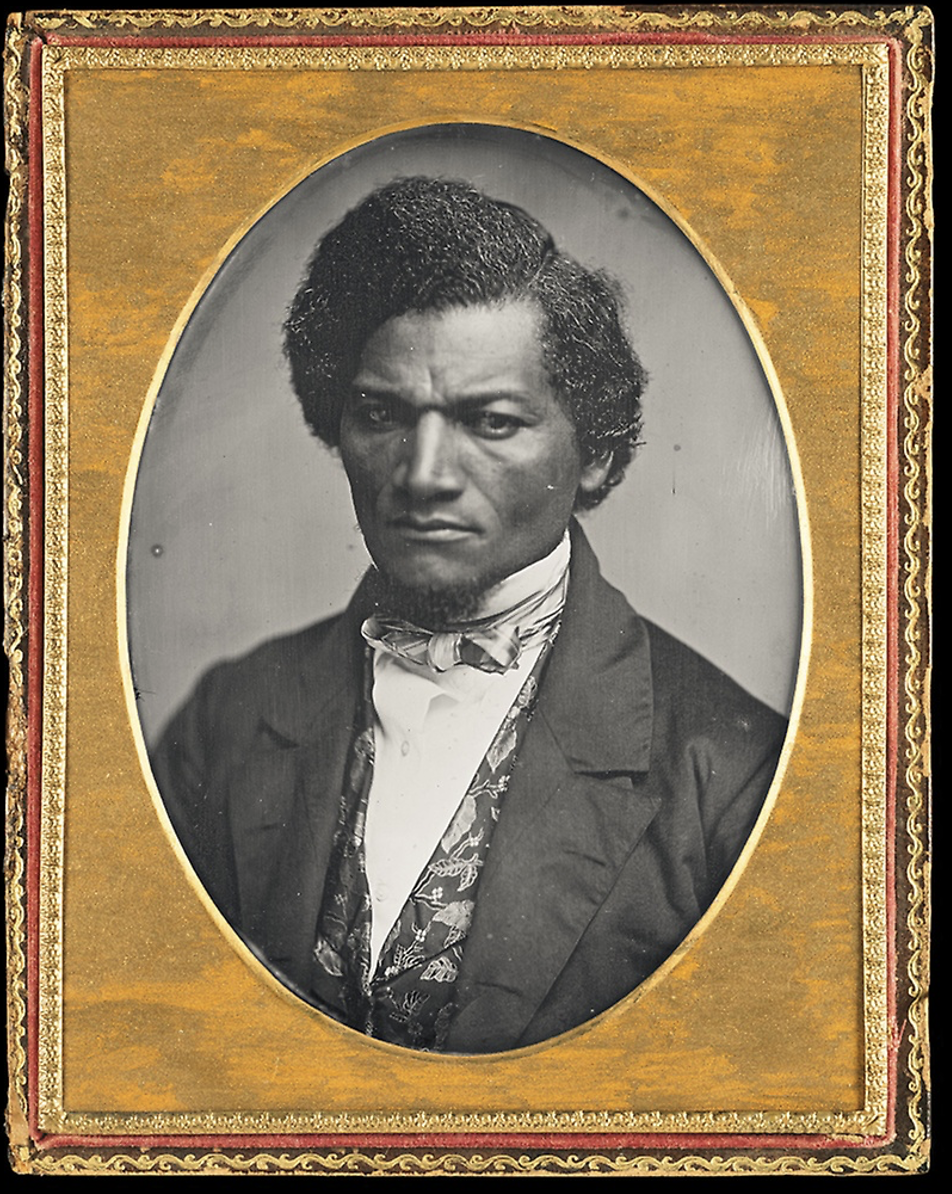
Title: “Frederick Douglass”
Artist: Samuel J. Miller
Date: 1817
Medium:
Significance:
believed in the importance of photography as a public relations instrument that could represent the dignity of his race
enjoyed truth aspects and saw photography prevail over fine arts in showing objective truth, perception of slaves had been manipulated for so long
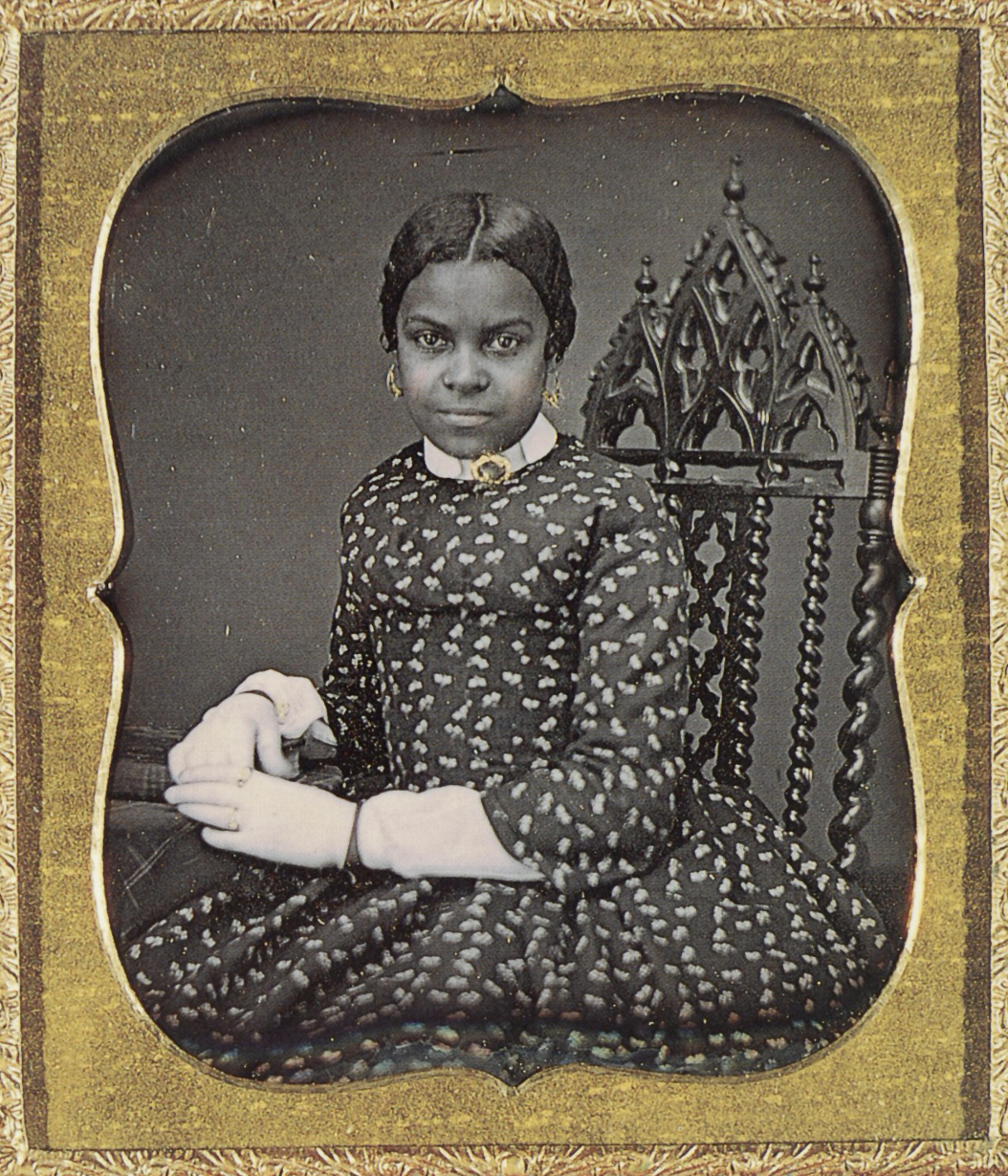
Title: “Seated Woman with Gloves”
Artist: George Eastman House
Date: 1855
Medium:
Significance:
reclaimed agency in authoring own image- communicate refinement in time where African Americans were depicted through racist imagery or enslaved labor images
self-representation as resistance
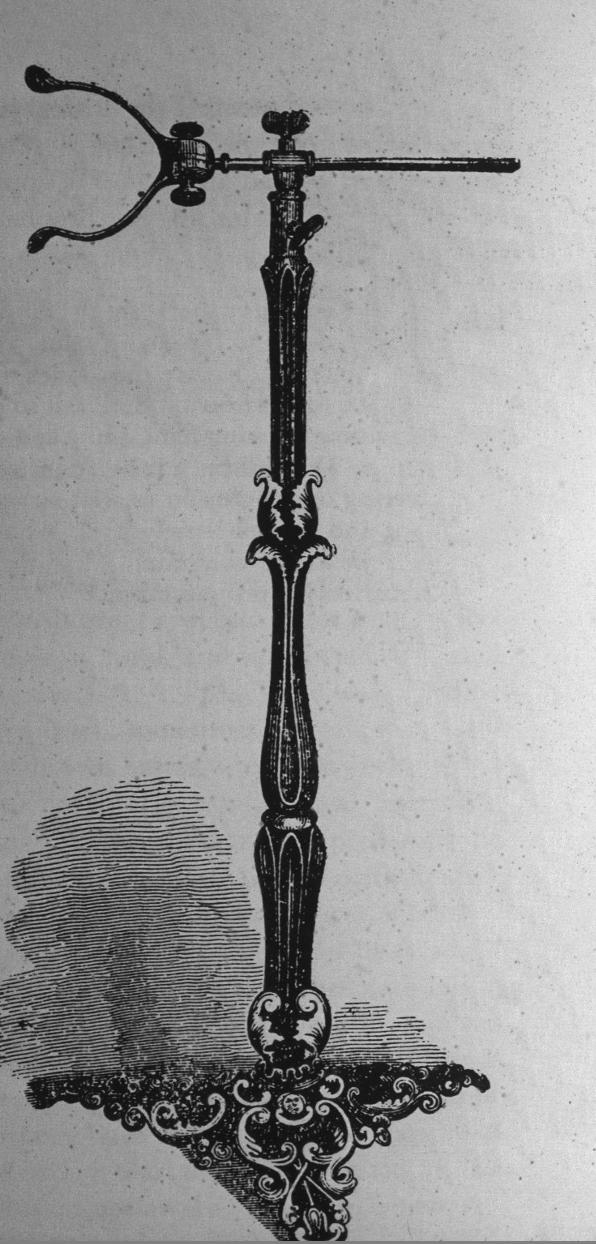
Title: Head stand for use in a photographer’s studio
Significance:
locked posers into position for long exposure times
more than an object - creater of the “standard” body of middle class
every photo became the same
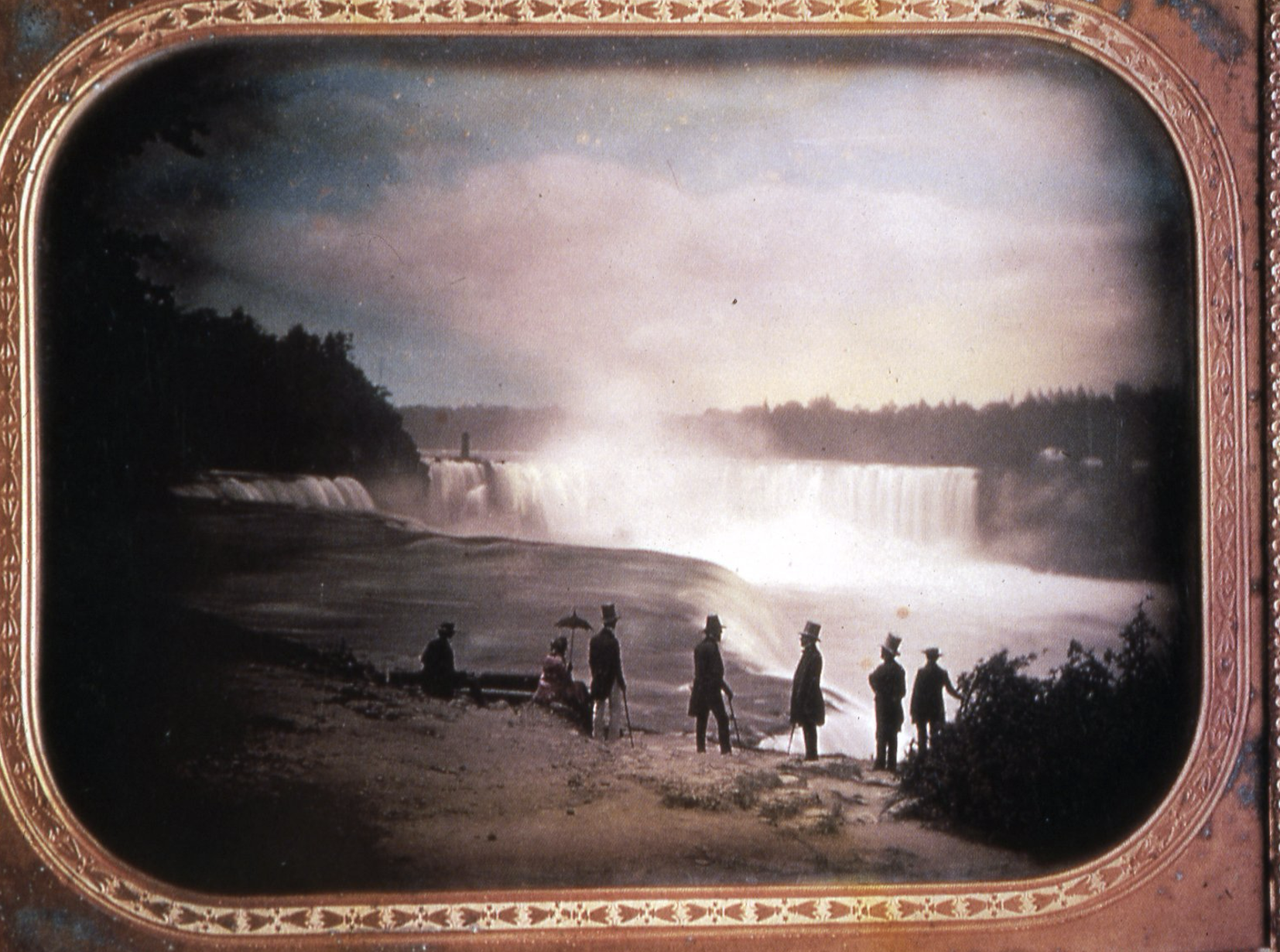
Title:
Artist:
Date:
Medium:
Significance:
staged
daguerrotype - takes a while to make the image, so figures need to stay still
meant to look spontaneous, intentionally presenting themselves in front of camera
presumed control over nature by middle class, camera is producing class identity
middle class is fine, elegant, has sensibilities to appreciate nature
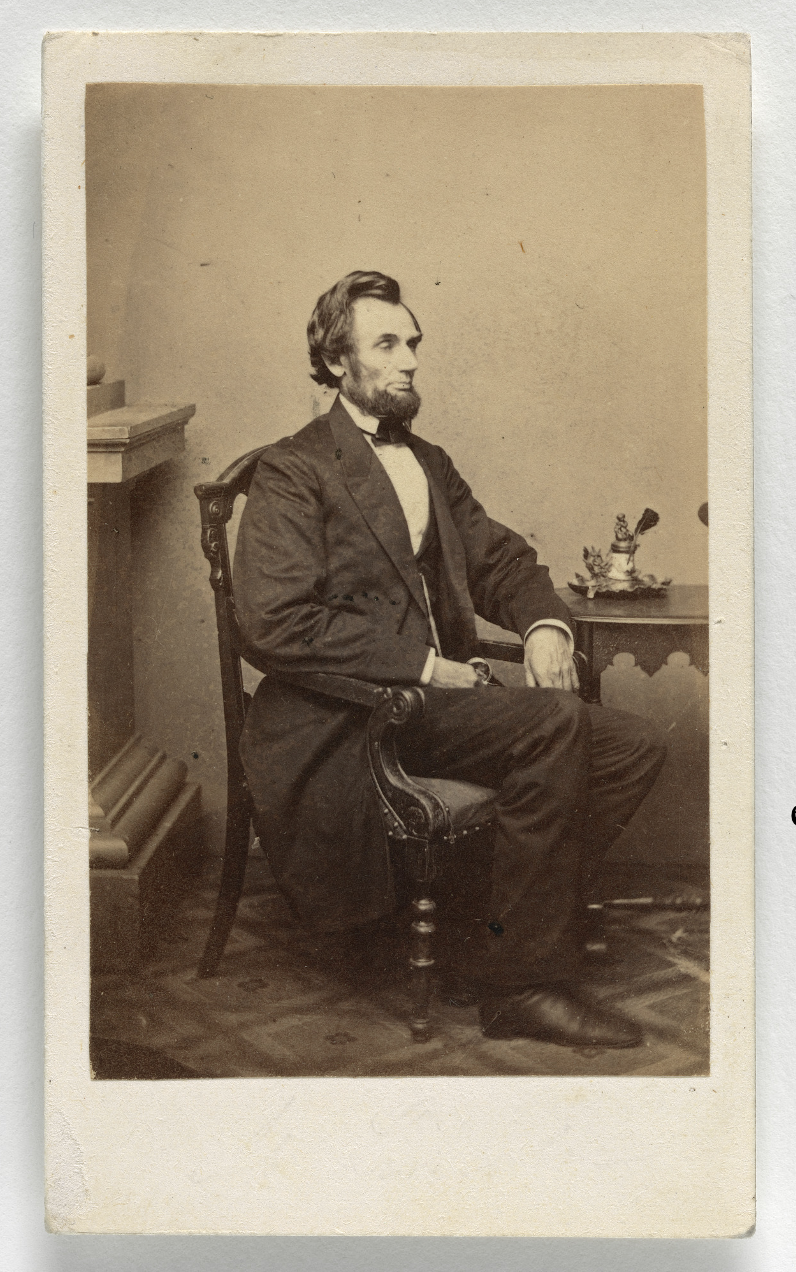
Title: “Seated Portrait of Lincoln”
Artist: Studio of Mathew Brady
Date: 1861
Medium: albumen print
Significance: “The pure, the high, the noble traits beaming from these faces and forms,--…who shall measure the greatness of their effect on the impressionable minds of those who catch sight of them at every turn?”
thoughtful, deeply human, weary - allows us to see the cost of leadership/burden of command and connect emotionally to the president
Brady’s portraits uplift influence, but his definition of who is high and noble uplifts white, male, Northerners
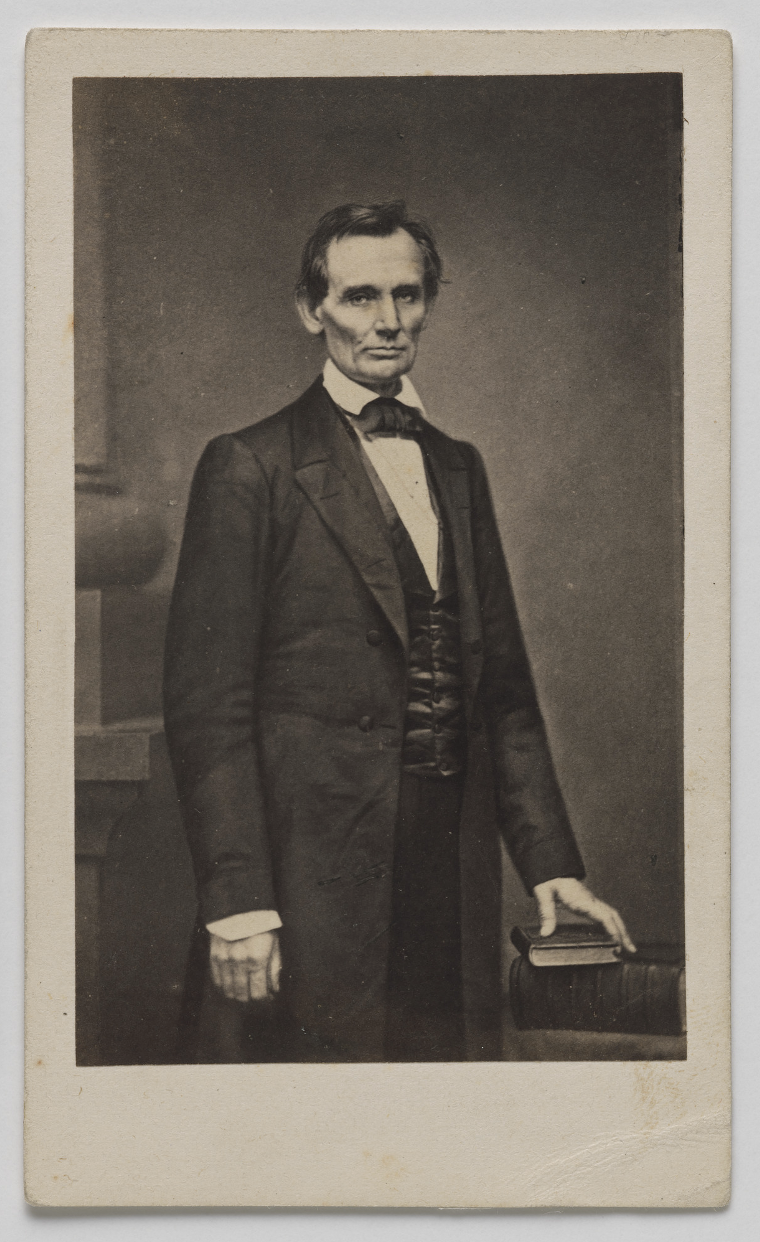
Title: “Abraham Lincoln”
Artist: Matthew Brady
Medium:
Date: 1860
Significance:
taken at Brady’s Broadway studio prior to Lincoln’s presidential launch
“Brady and the Cooper Union speech made me President of the United States.” Abraham Lincoln - allowed audience to see Abe as president before they even met him
emulation of Lincoln’s devotion to the public over personal gain
Abe puts his hand on the book, symbolizing law and constitution - grounds him in intellect rather than vanity/power
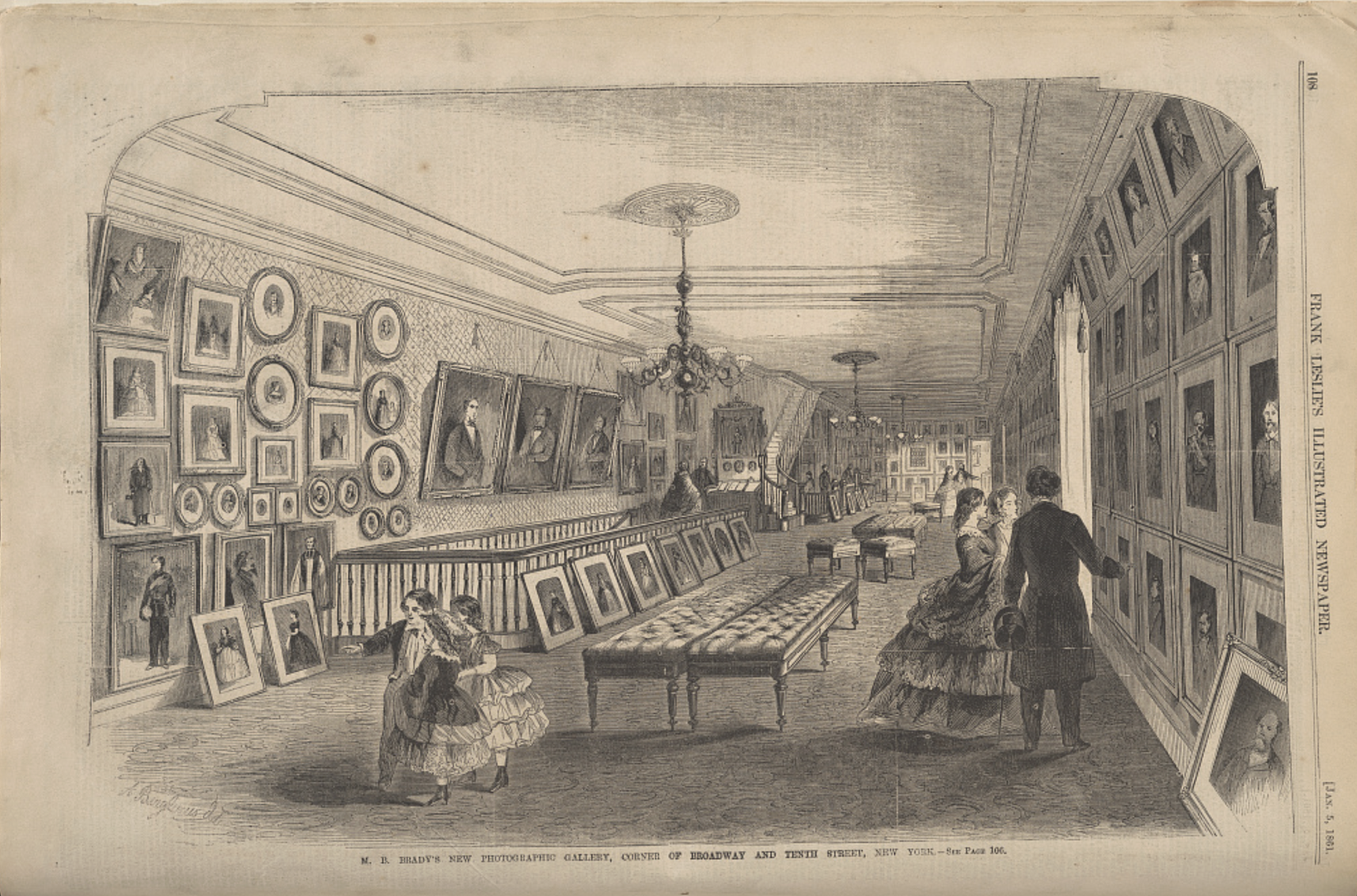
Title: “New Photographic Gallery”
Artist: Matthew Brady
Medium:
Date: 1846
Significance:
positioned photography under same prestige as painting/drawing by putting it in aesthetic pedestal
photographed famous/ illustrious men - who is illustrious? this is a political choice, where he chose to mainly photograph Northerners
curated vision of American identity, not neutral documentation
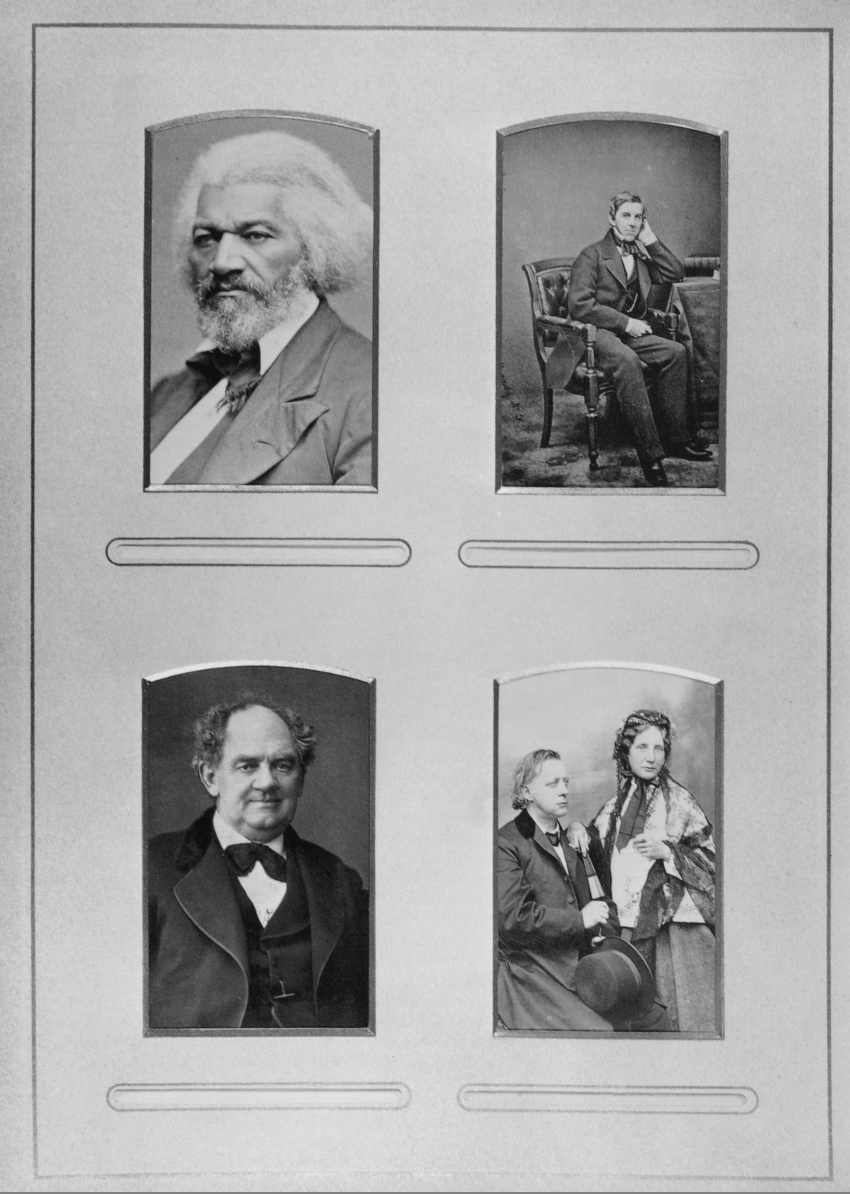
Title: Album page with cartes de visites of famous people: Frederick Douglass, P. T. Barnum, and Reverend Henry Ward Beecher and wife
Artist: Matthew Brady
Medium:
Date:
Significance:
liked to photograph famous people. to build his rep/business, promote the new medium of photography, and felt it was his duty to document history
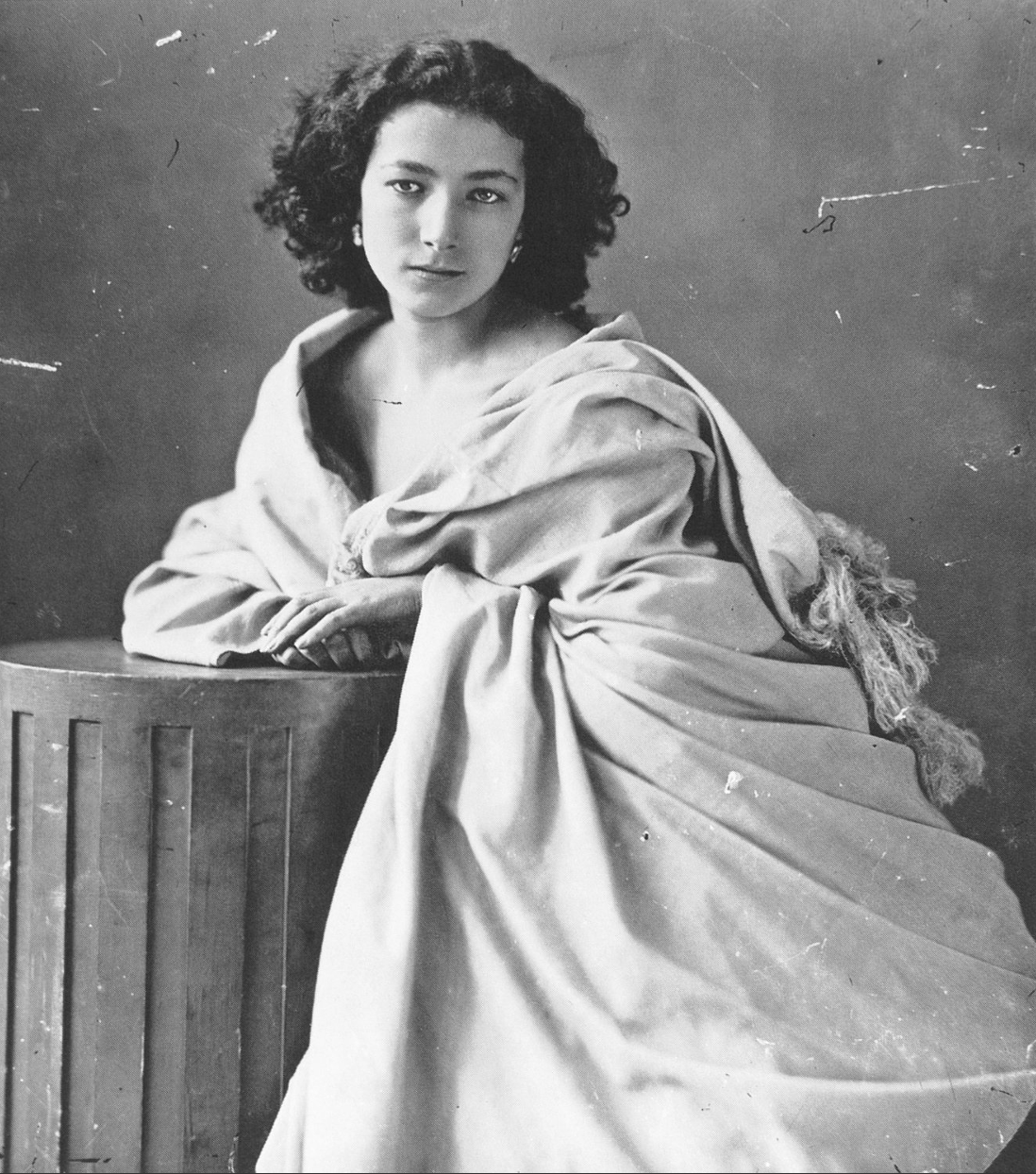
Title: “Nadar” (French)
Artist: Sarah Bernhardt
Medium: wet collodion
Date: 1860-65
Significance:
allows herself to be seen as desirable
exoticism, beauty, lesbian
celebrity photography - you adore celebrities, not illustrious men
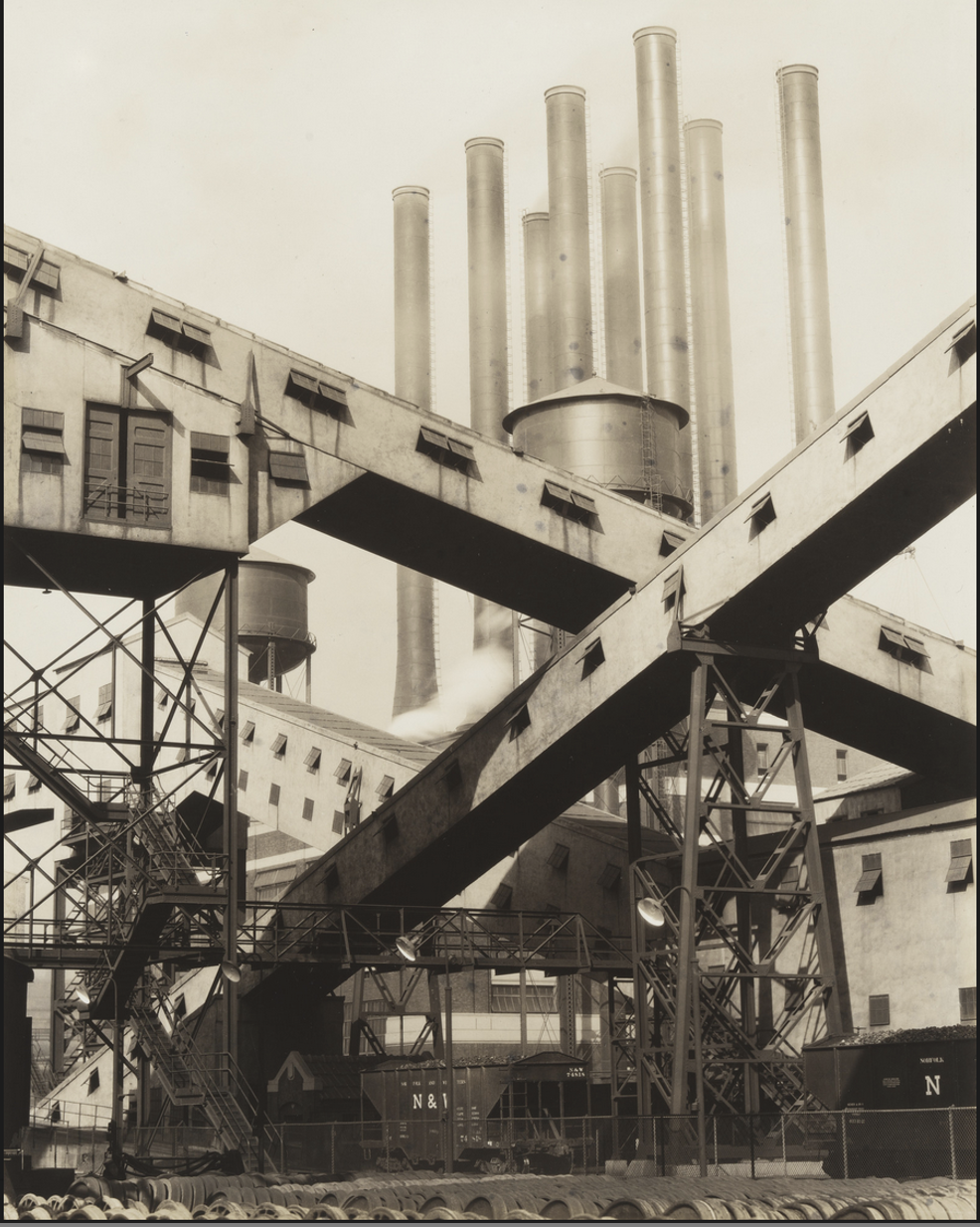
Title: “Criss-Crossed Conveyors, River Rouge Plant, Ford Motor Company
Artist: Charles Sheeler
Medium:
Date: (1927)
Significance:
promoting industrailization + mass production of automobile
tribute to new technological utopia
transferring belief of higher power, religious framing, down looking up at cross, smoke stacks ascending into sky
new technology has divorced ppl of faith - doomsday feel
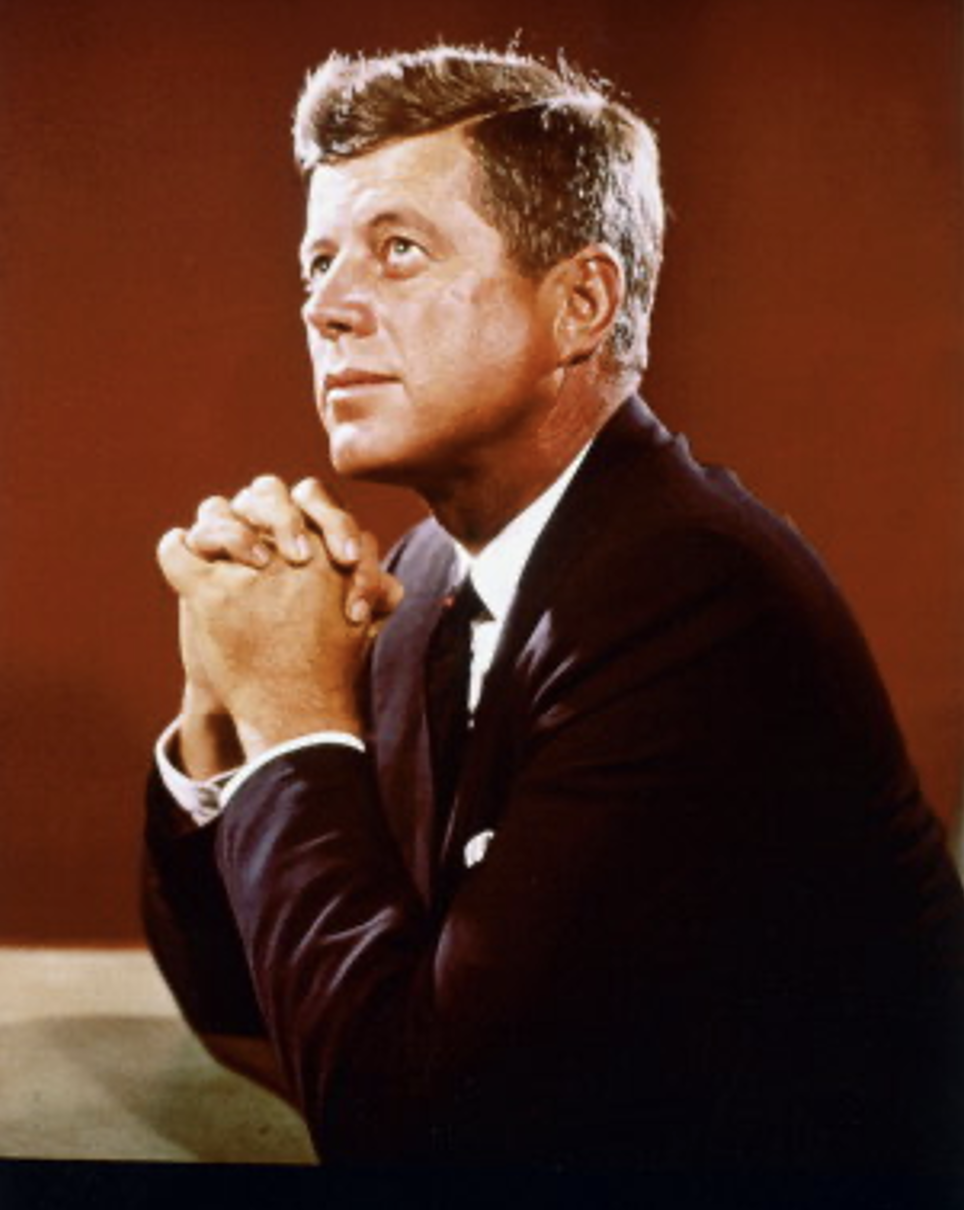
Title: “Press photograph of John F. Kennedy praying”
Artist:
Medium:
Date:
Significance: The role of pose, lighting, and framing in creating connotative meaning
reinforces his public image of moral leadership
balance of spirituality and seriousness in a time where faith and public duty were combined
his catholicism was controversial, so this helped to reframe his catholic devotion in more human lens
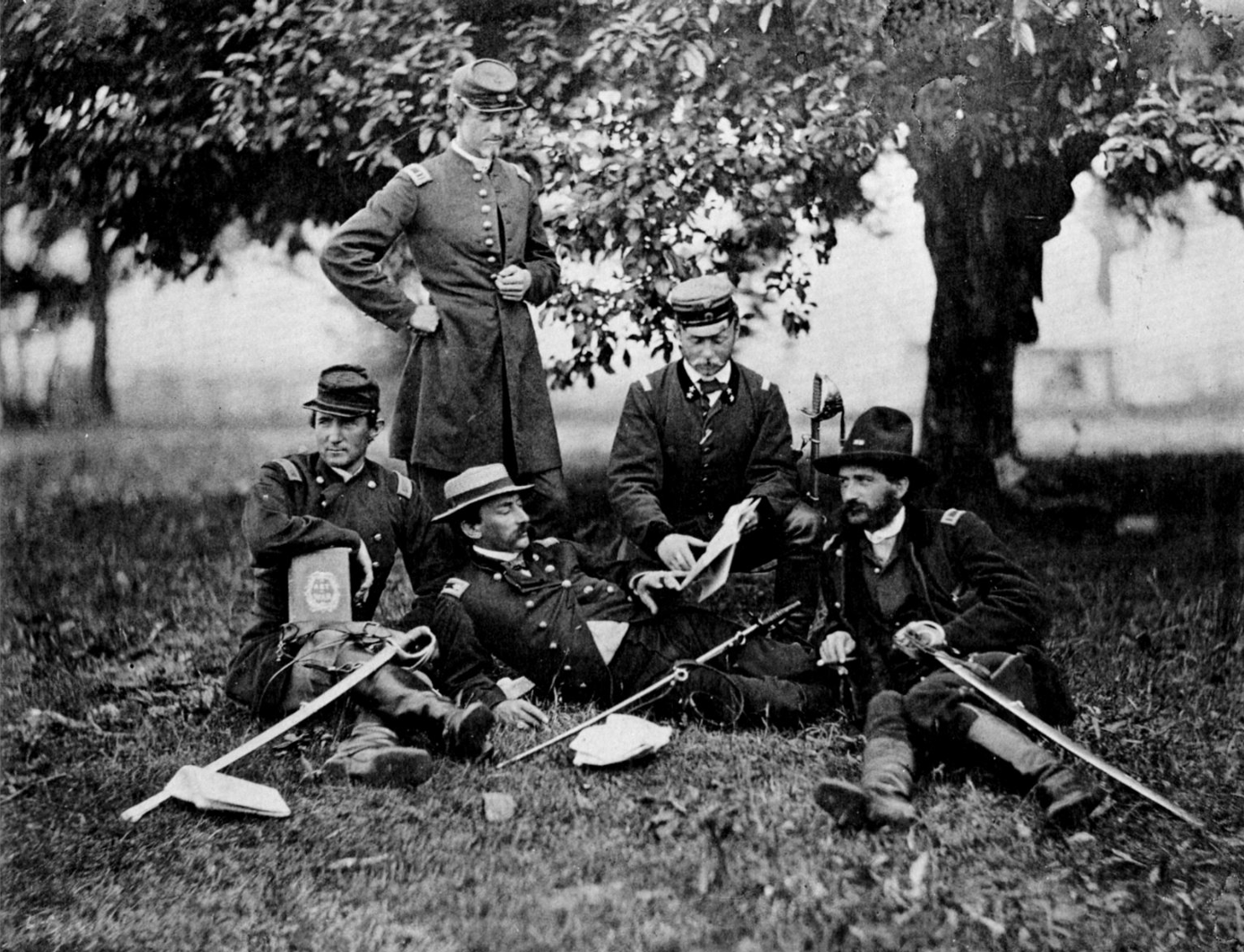
Title: “Studying the Art of War, Fairfax Courthouse, June 1863”
Artist: Timothy O’Sullivan
Medium:
Date: June 1863
Significance:
Very staged, looks like they’re having a picnic, not about to go to war
Real world is off-stage - would never get into the history books
Protecting Americans from reality of what was actually happening
First victim of war is truth
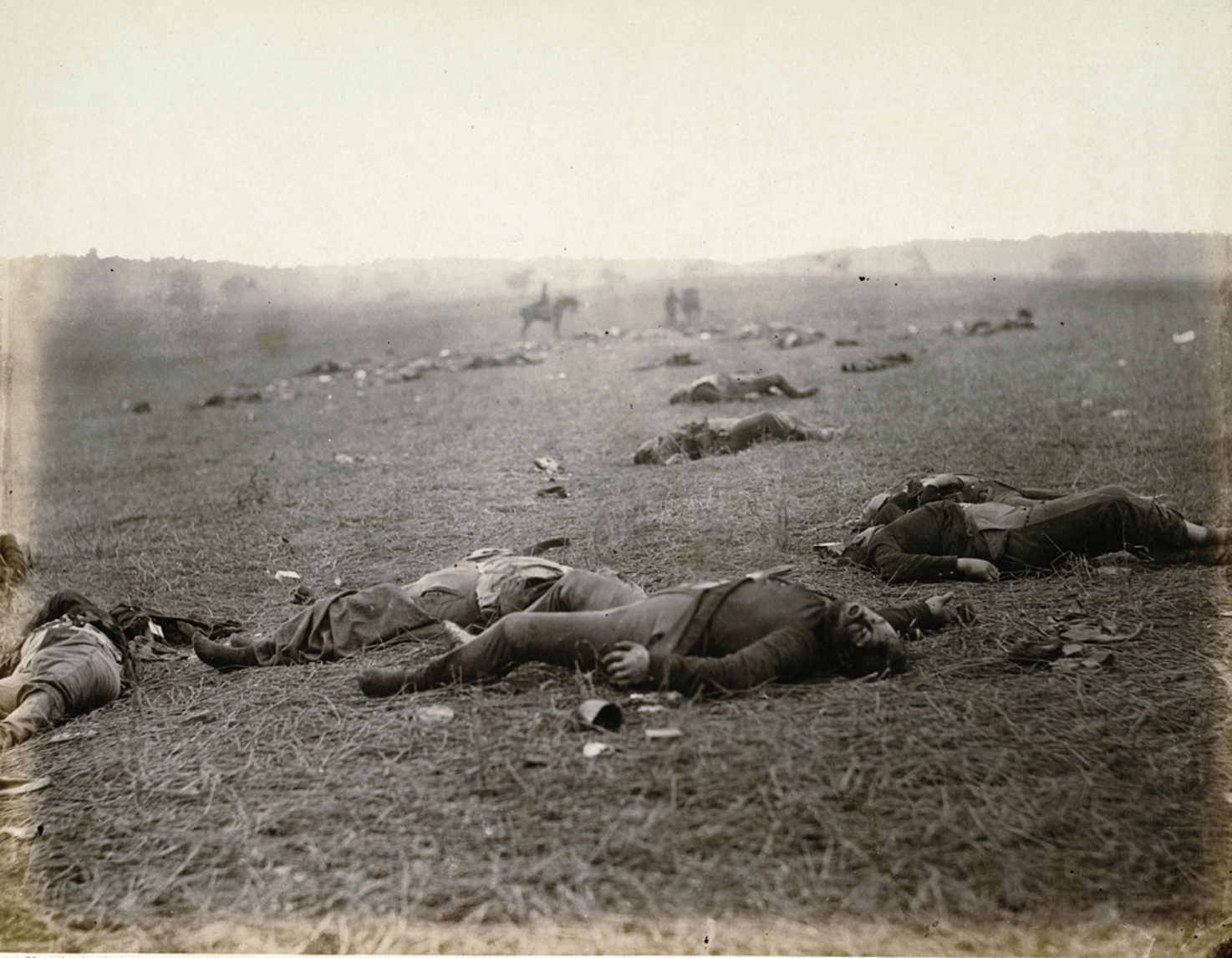
Title: “Harvest of Death”
Artist: Timothy O’Sullivan
Medium:
Date: 1865
Significance:
Unlike other staged photos, actually shows the horrors of the war.
Antipictorial - refusing language of convention
Direct, shows defeat, feels endless
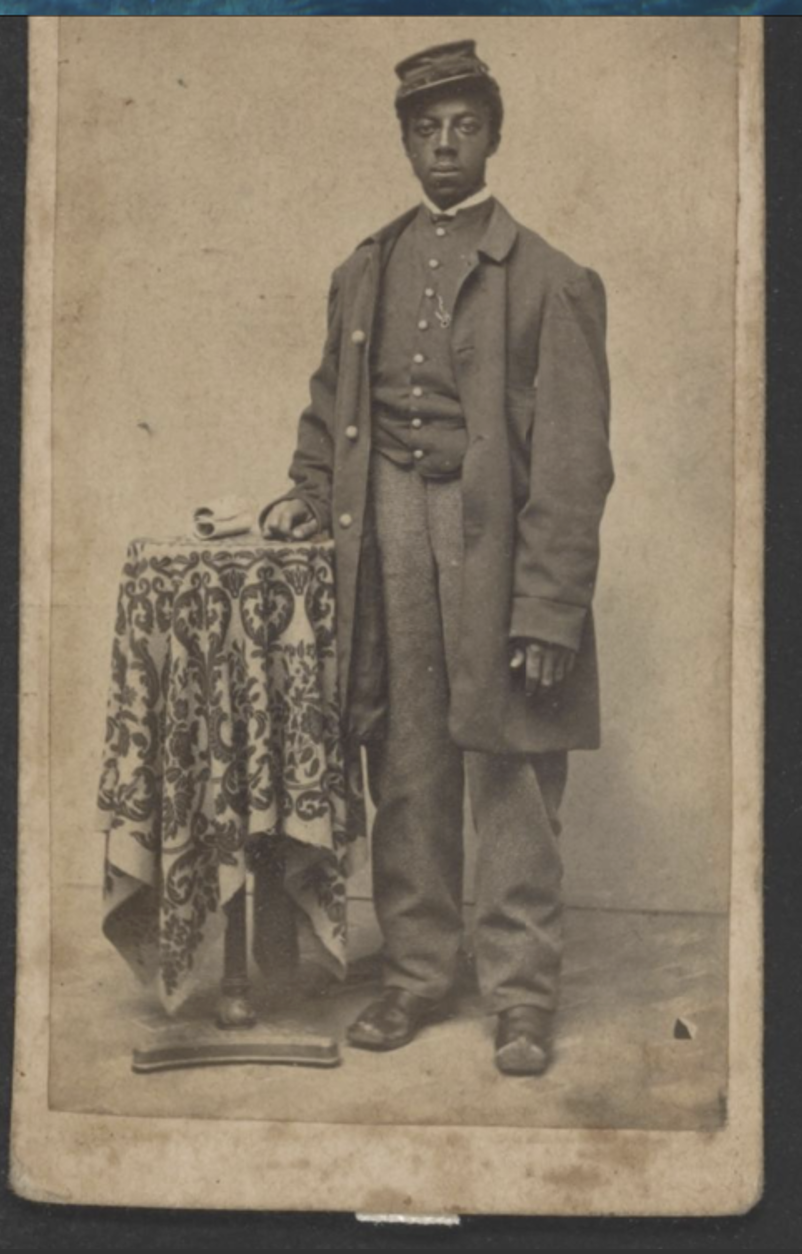
Title: “Glibert Montgomery, under-cook, 4th US Cavalry”
Artist:
Medium:
Date: undated
Significance: Civil War
makes Black man in military service visible in time where they were unrepresented
as under-cook with a more supporting role, challenges traditional hierarchies of heroism by showcasing man who’s work was essential but undervalued
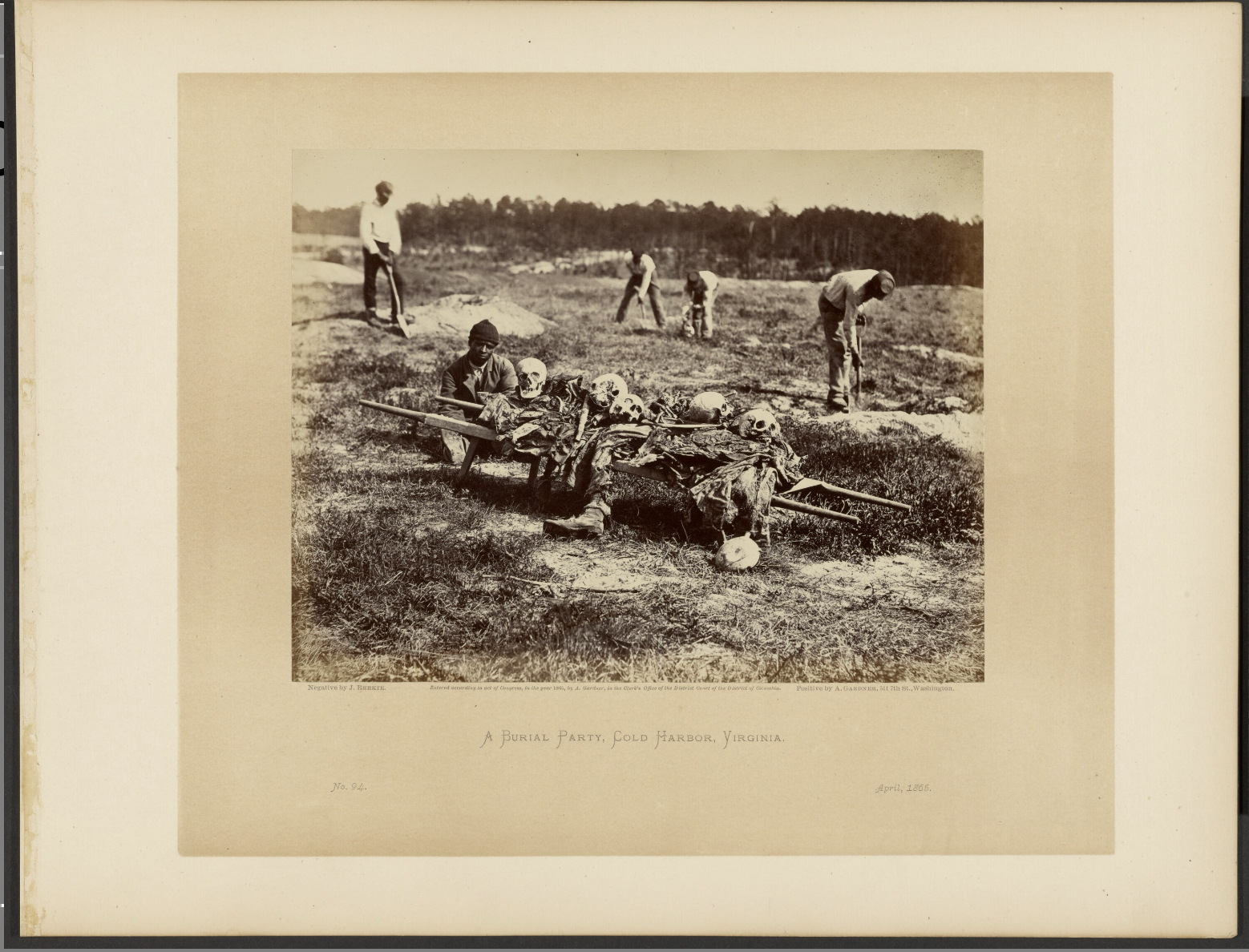
Title: “A Burial Party, Cold Harbor, Virginia”
Artist: John Reekie
Medium:
Date: April 1865
Significance:
How much has actually changed? Even after emancipation
Same racial hierarchies of white over black - the black people have to bury the dead
Who is in control of the staging? - the white person is dominant while the black people are working
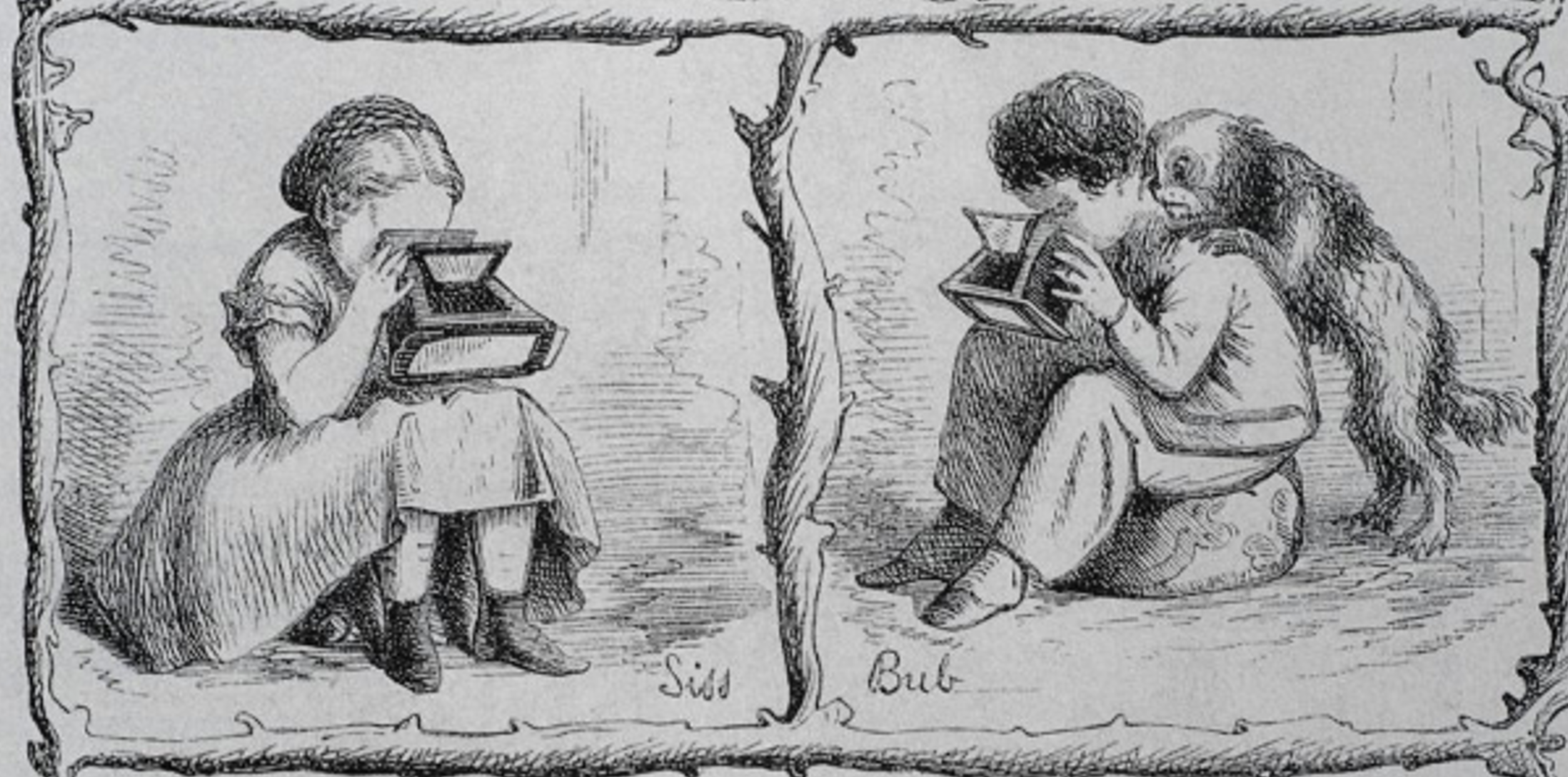
Title:
Artist:
Medium:
Date:
Significance:
shows the immersive experience of stereoscope
closes out visual space outside of what device shows
cultural pull of virtual reality
social activity of friends and family
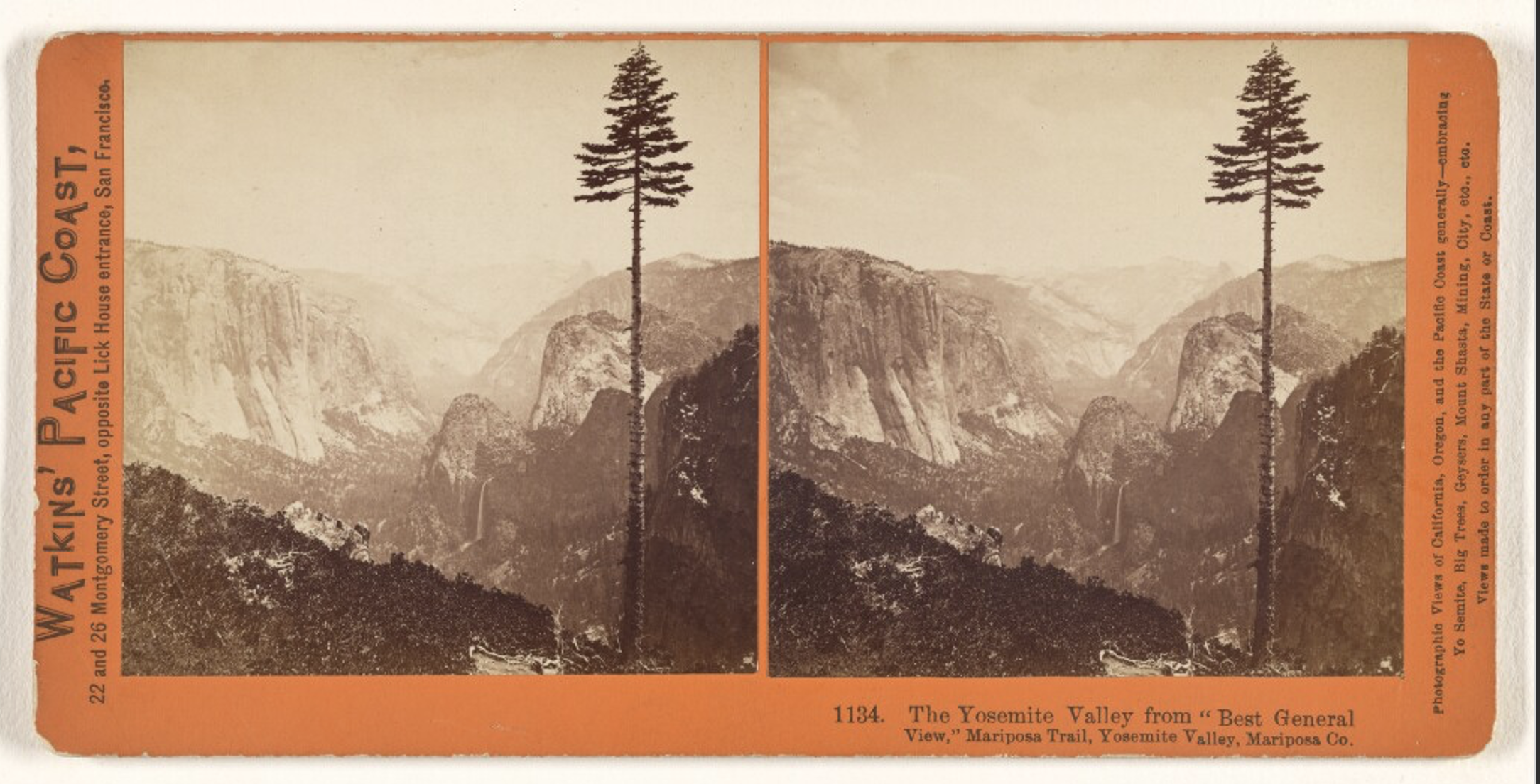
Title: “Best General View of Yosemite”
Artist: Carleton Watkins
Medium: stereographic card
Date:
Significance:
Made for commercial market for ppl who wanted views of Yosemite
these photographs were instrumental in Congress passing public protection of land
Making Yosemite part of a tourist itinerary
Photography makes everybody see the same reality - deprives us of seeing nature from our own view
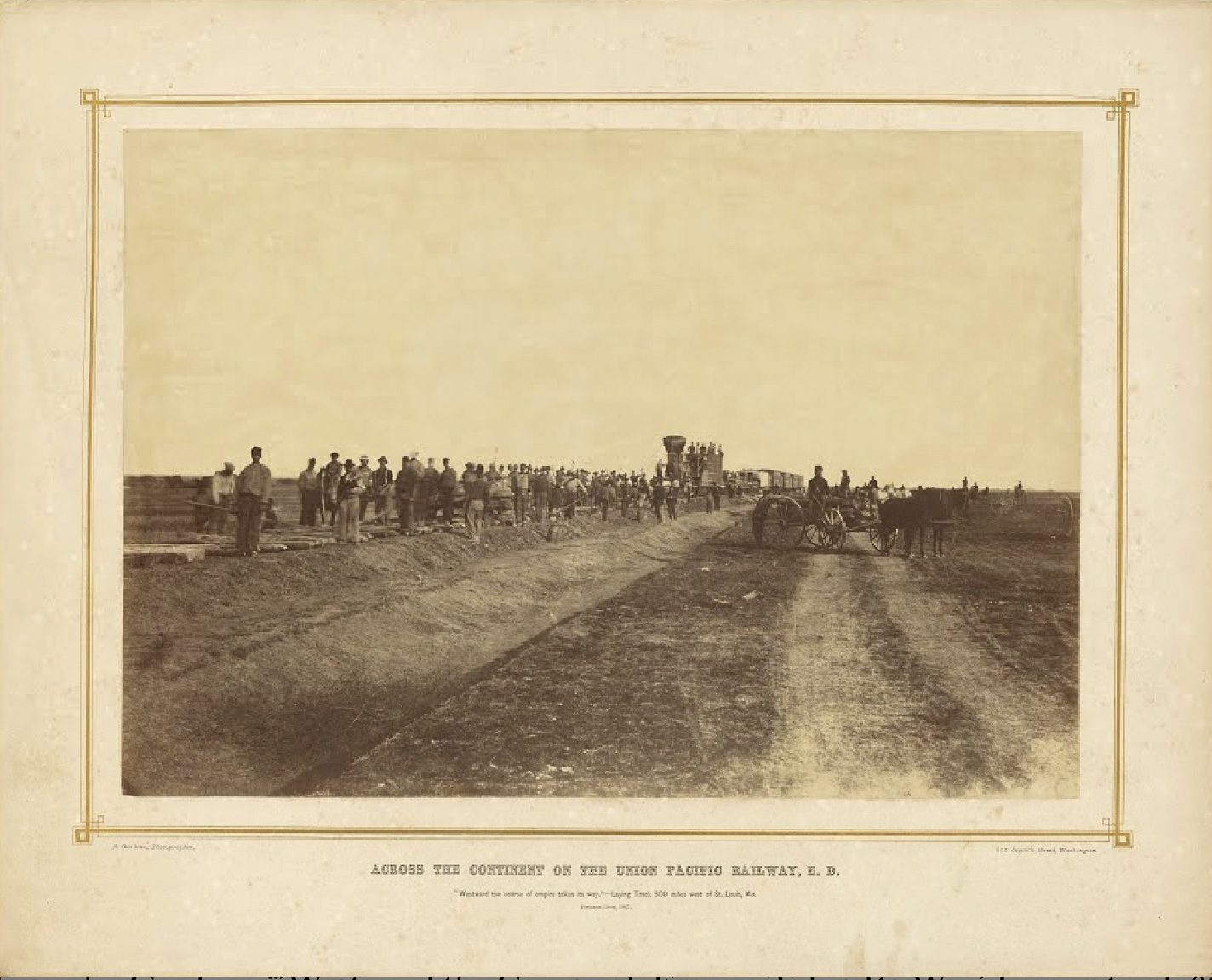
Title: “’Westward the Course of Empire Takes Its Way.’ Laying track 300 miles west of the Missouri River, 19th Oct. 1867”
Artist: Alexander Gardner
Medium; Albumen print
Date:
Significance:
“Laying track 300 miles west of the Missouri River”
Captioning gives context
Ugly but carefully constructed - diagonal trench where railroad is being laid
Multiethnic workforce
Makes sure there’s a mule-drawn wagon to make a counterpoint of different kinds of temporality - wagon is superceded by train that is being built
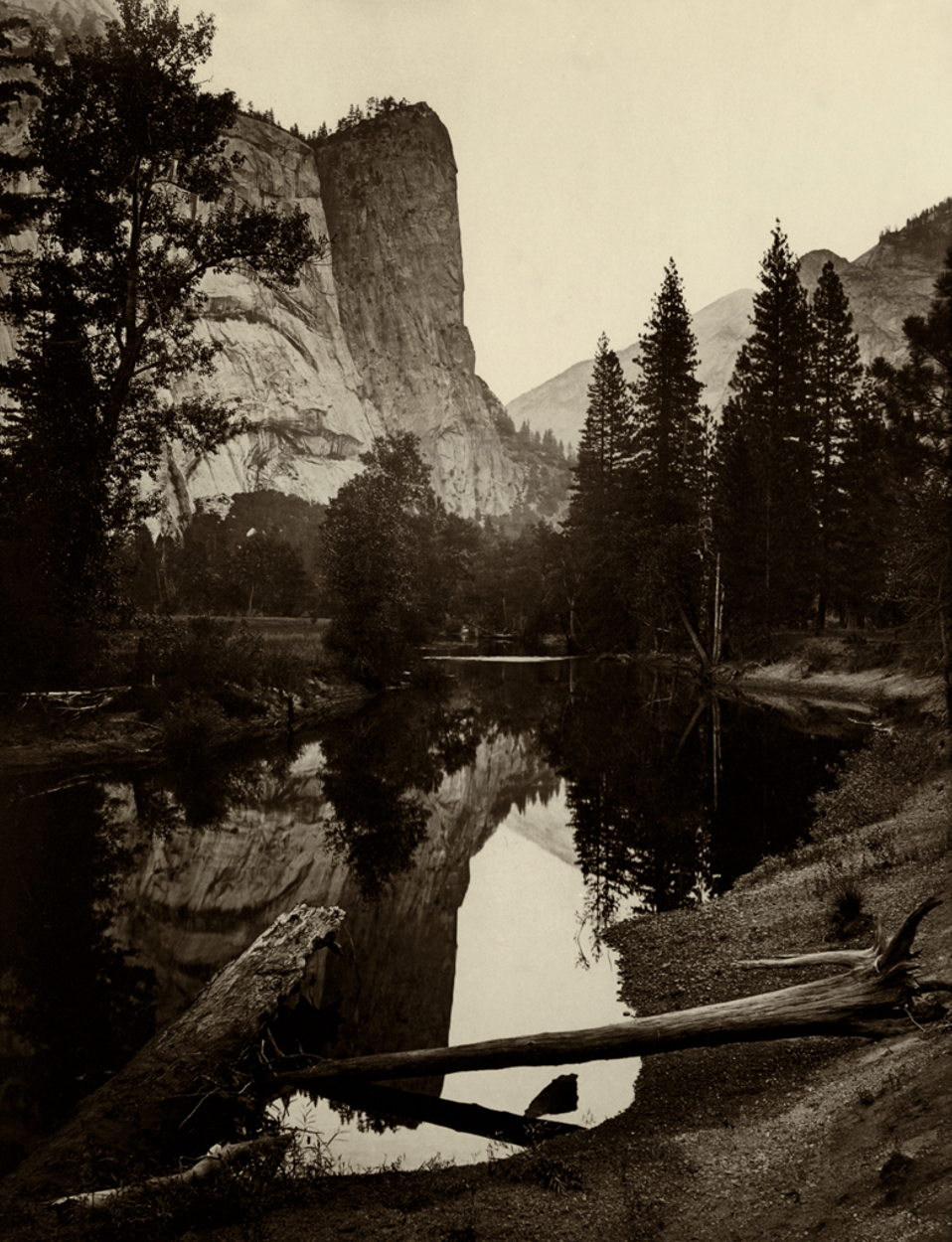
Title: “Washington Column, Yosemite Valley (2,052 feet)”
Artist: Carleton Watkins
Medium:
Date: 1872
Significance: ”the image of a virgin wilderness legitimizes and relieves the images of a ravaged earth…”Rebecca Solnit
Mammoth plates - opened business photographing Yosemite valley
Made for commercial market for ppl who wanted views of Yosemite
Low foreground that invites viewers into the landscape - aesthetic colonization
Virgin landscape implies that it is waiting to be deflowered
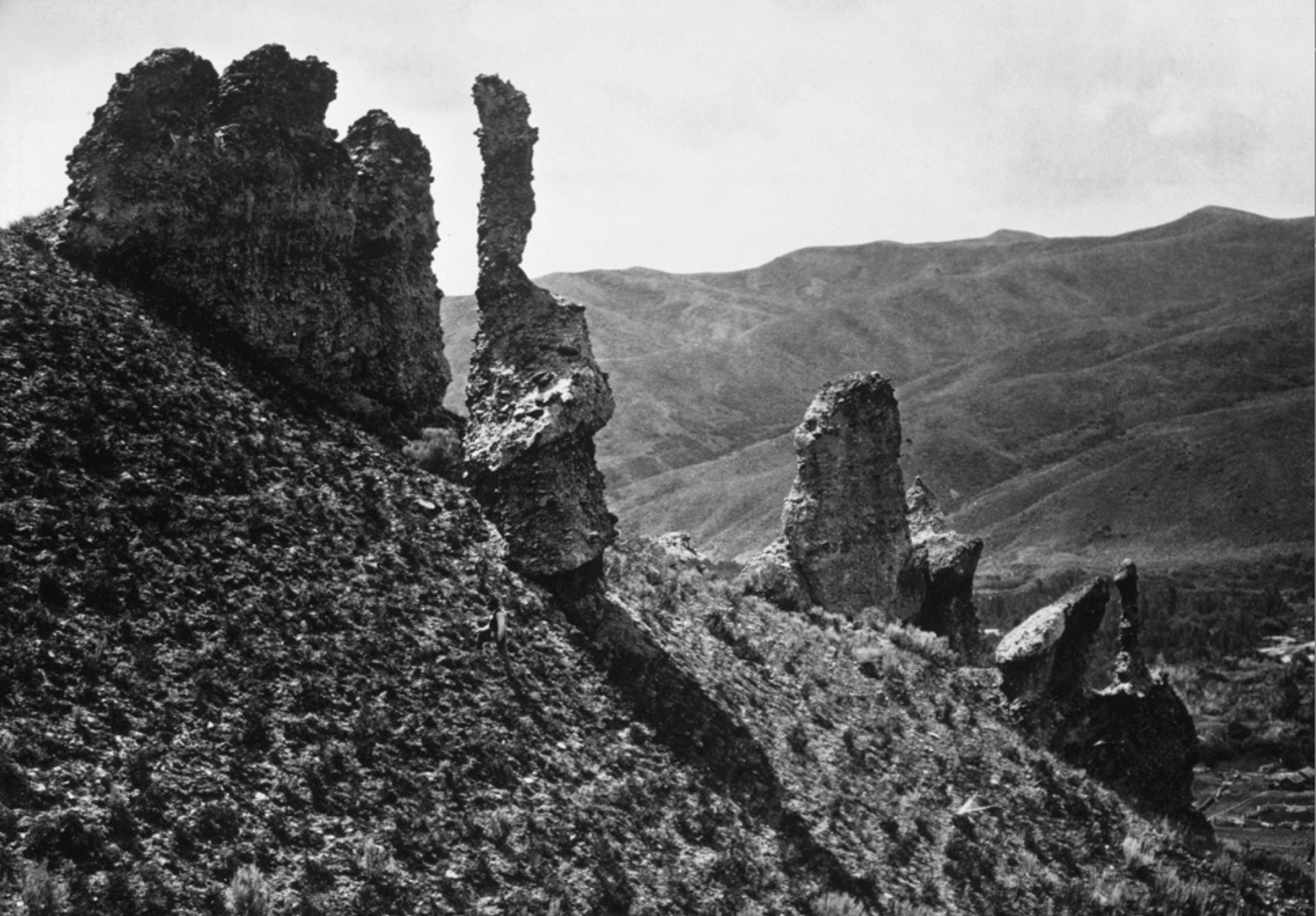
Title: “Tertiary Conglomerates, Weber Valley, Utah”
Artist: Timothy O’Sullivan
Medium:
Date: 1869
Significance:
scientific way of viewing the American west
worked for government to survey - purely for empirical not aesthetic purposes
feels stripped and alien - not inviting like Watkins
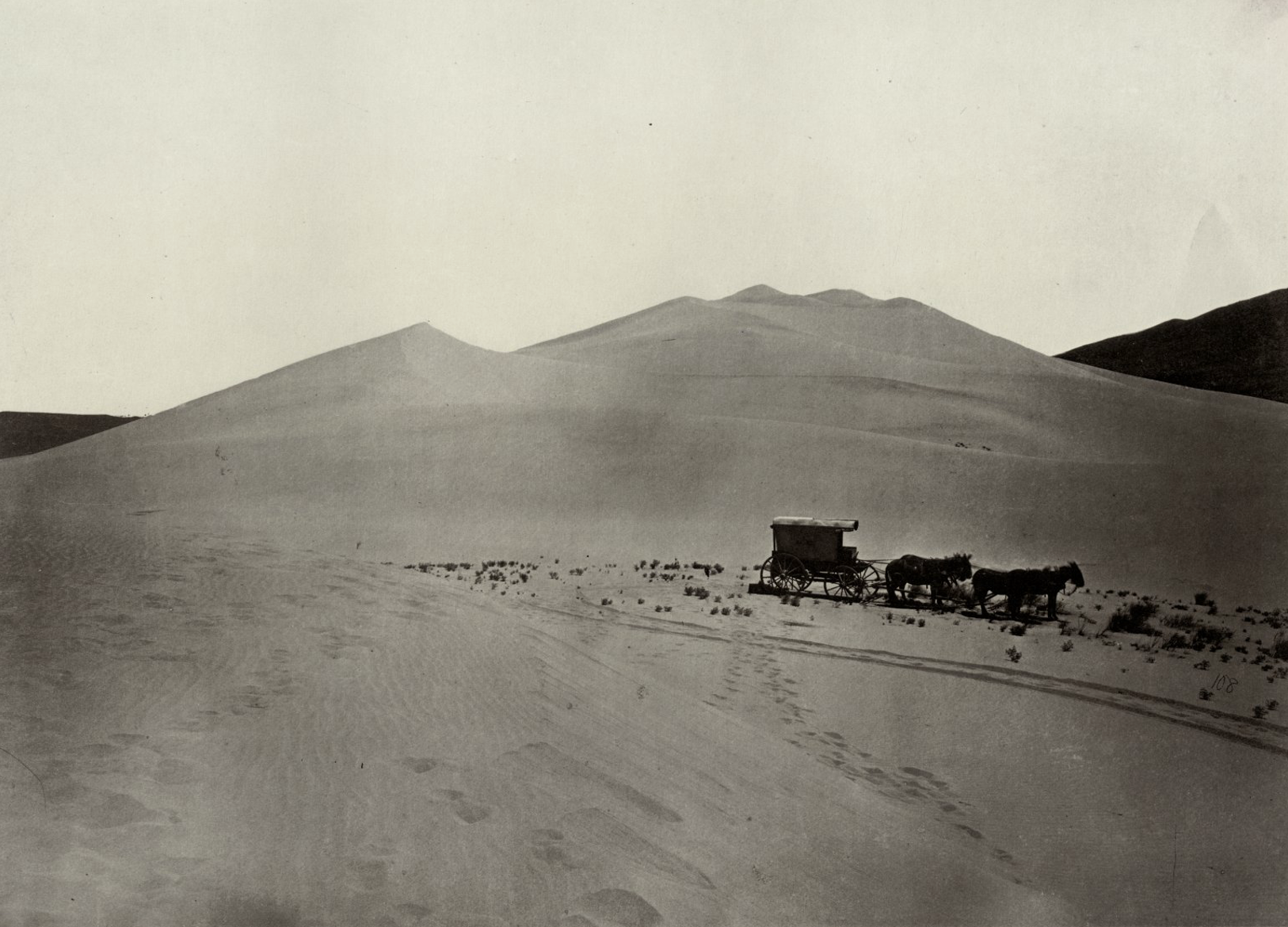
Title: “Sand Dunes, Carson Desert, Nevada”
Artist: Timothy O’Sullivan
Medium: albumen photograph
Date: 1867
Significance:
Wagon of photographer
Stark inhuman type of landscape, not conducive to loving this land, but truthful about the character of the West
The land is resistant to domestication
Resistant to aesthetic conventions
There’s no fiction about how the photographer took the photo - footprints are visible, leaving indexical print on the ground
Timothy O’Sullivan - making landscape feel alien
Questions proprietary claims of Americans in territories
Chithonic - subterranean energies that brew beneath the surface of the Earth
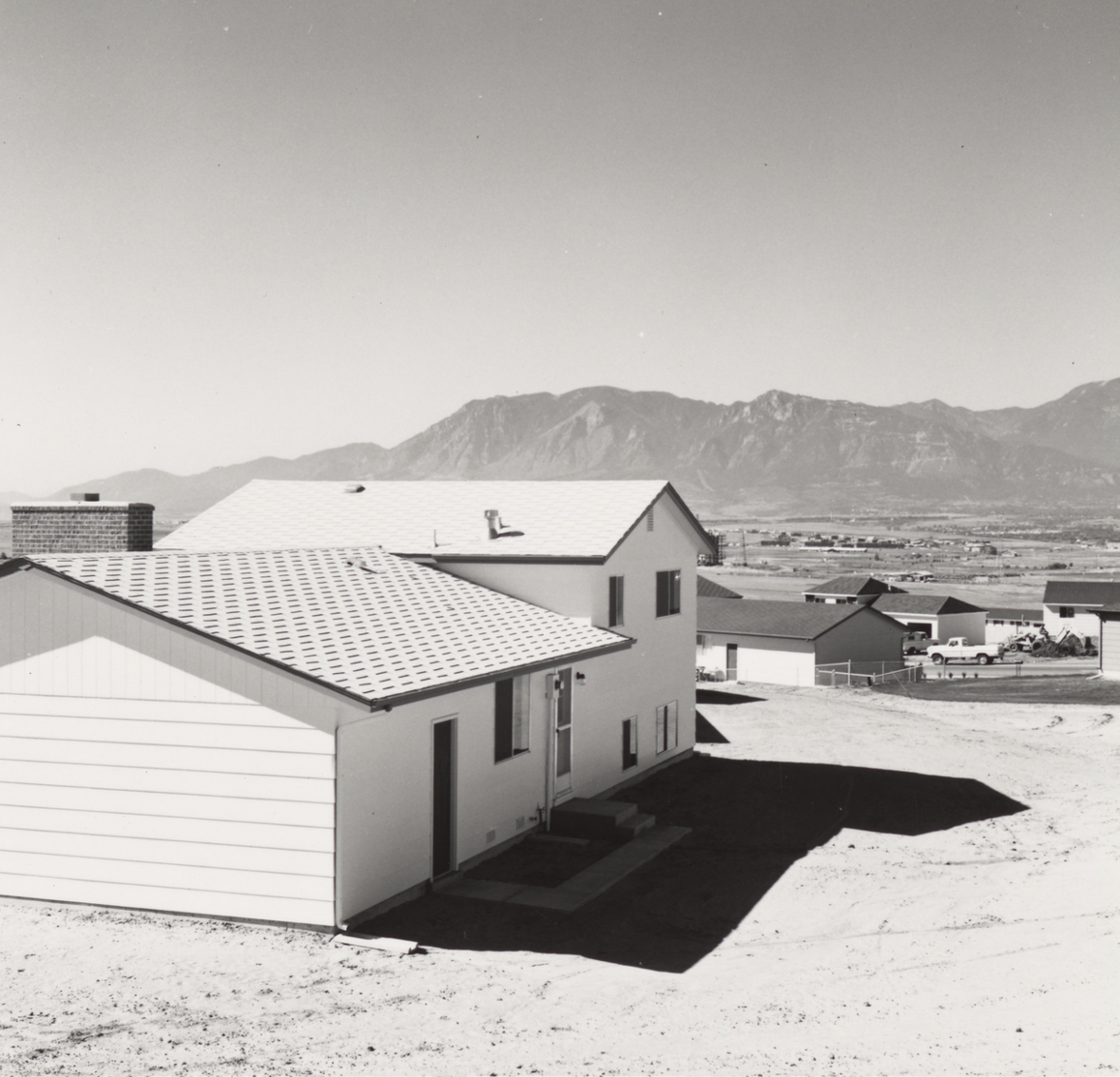
Title: “Newly Completed Tract House, Colorado Springs”
Artist: Robert Adams
Medium:
Date: 1968
Significance:
shows that frontier has become rows of identical houses that symbolize modern conquest through suburbia
West as not a space of discovery but of consumption/control
dream of progress/home ownership at expense of natural landscape
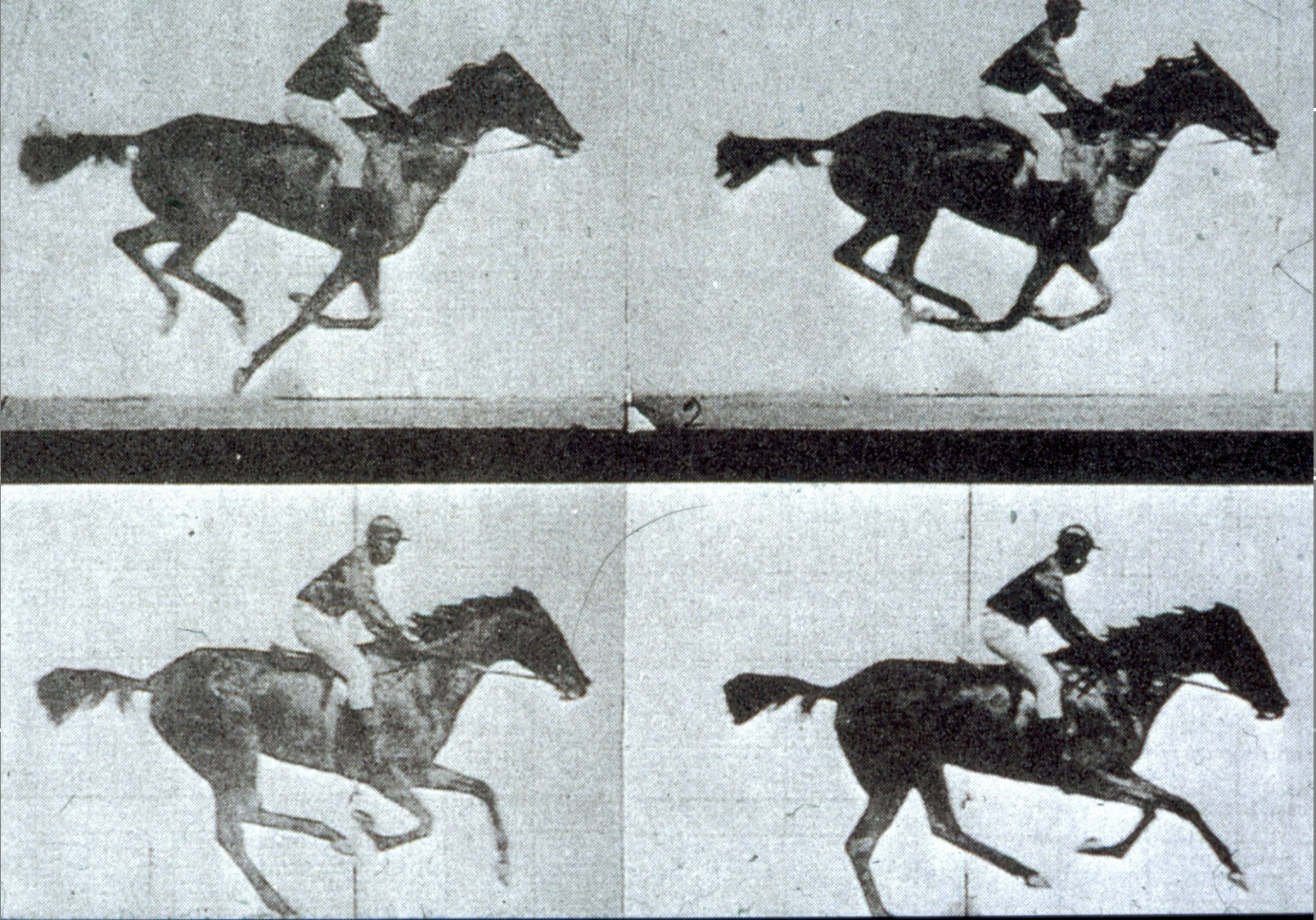
Title: “Stop motion sequence”
Artist: Eadward Muybridge
Medium:
Date: 1872
Significance:
hired by Stanford to fined out if horses ever galloped with all hooves off ground
used multiple cameras with trip wires to capture sequence of images that froze motion in time
exposed limits of human vision + power of camera
deeply influenced artists
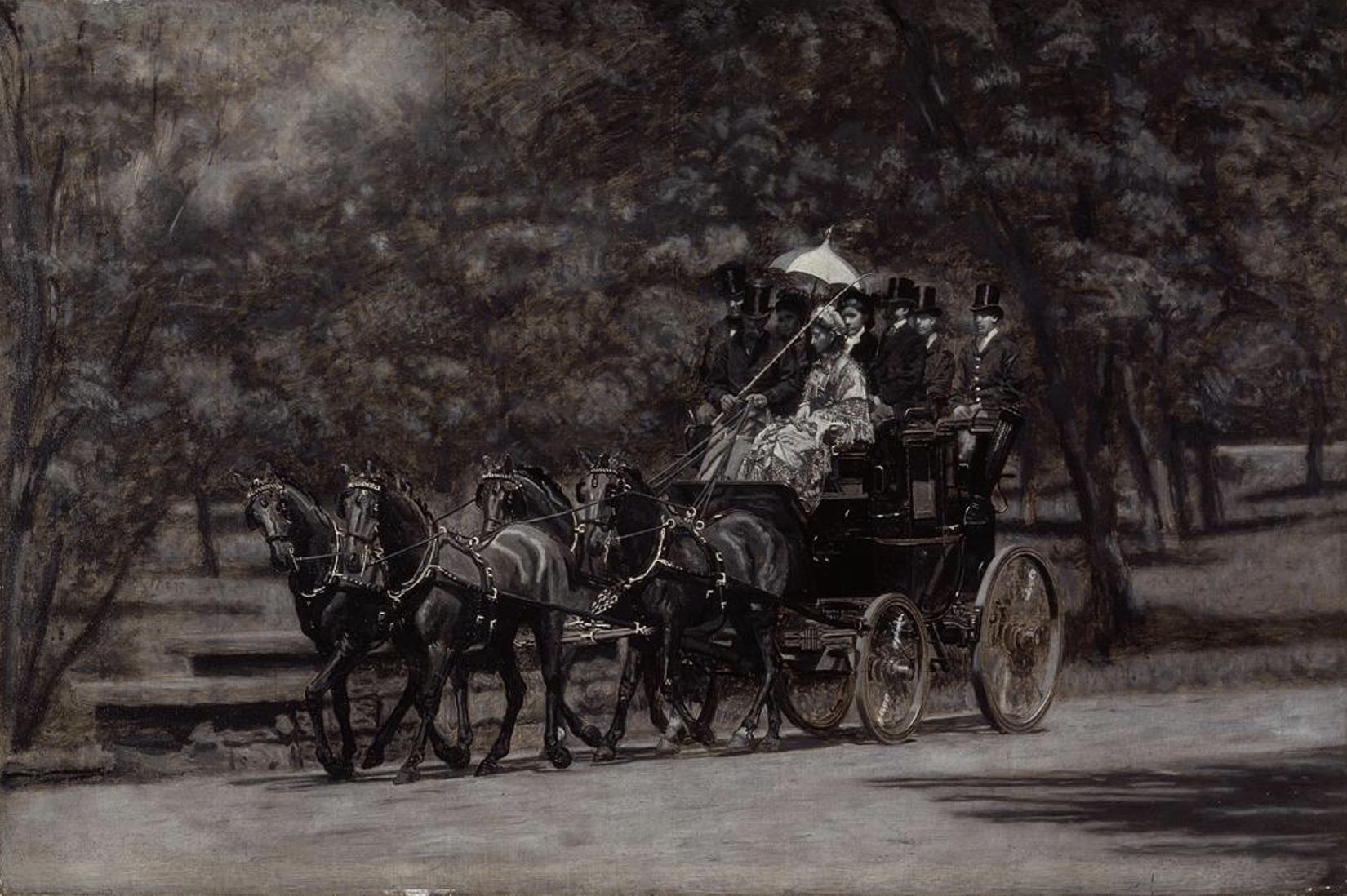
Title: “Fairman Rogers’ Four-in-Hand”
Artist: Thomas Eakins
Medium: grisaille study
Date:
Significance:
Avid student of science
Two types of vision - scientific and optical
Blur of wheels but no blur in horse
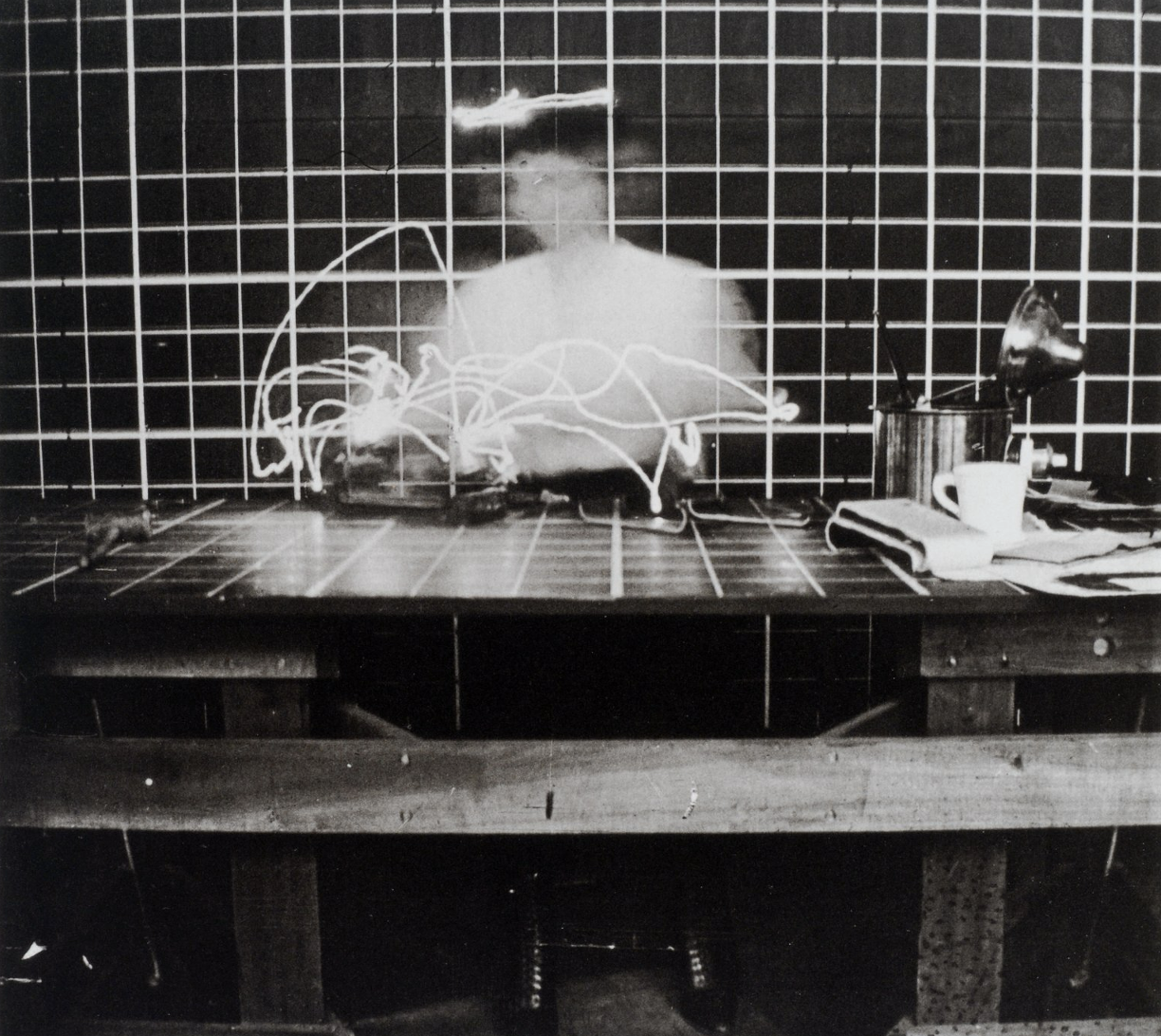
Title: “Time-Motion Efficiency Study”
Artist: Frank and Lilian Gilbreth
Medium:
Date: 1910-1924
Significance:
Time is money industry more productive + worker’s motions more economical
studies promised to make
time is money - less time used, the more money is amassed
machine doesn’t increase freedom and leisure, it increases production/consumption
frame-by-frame of workers performing tasks, where they had lights on their hands that would draw their trails
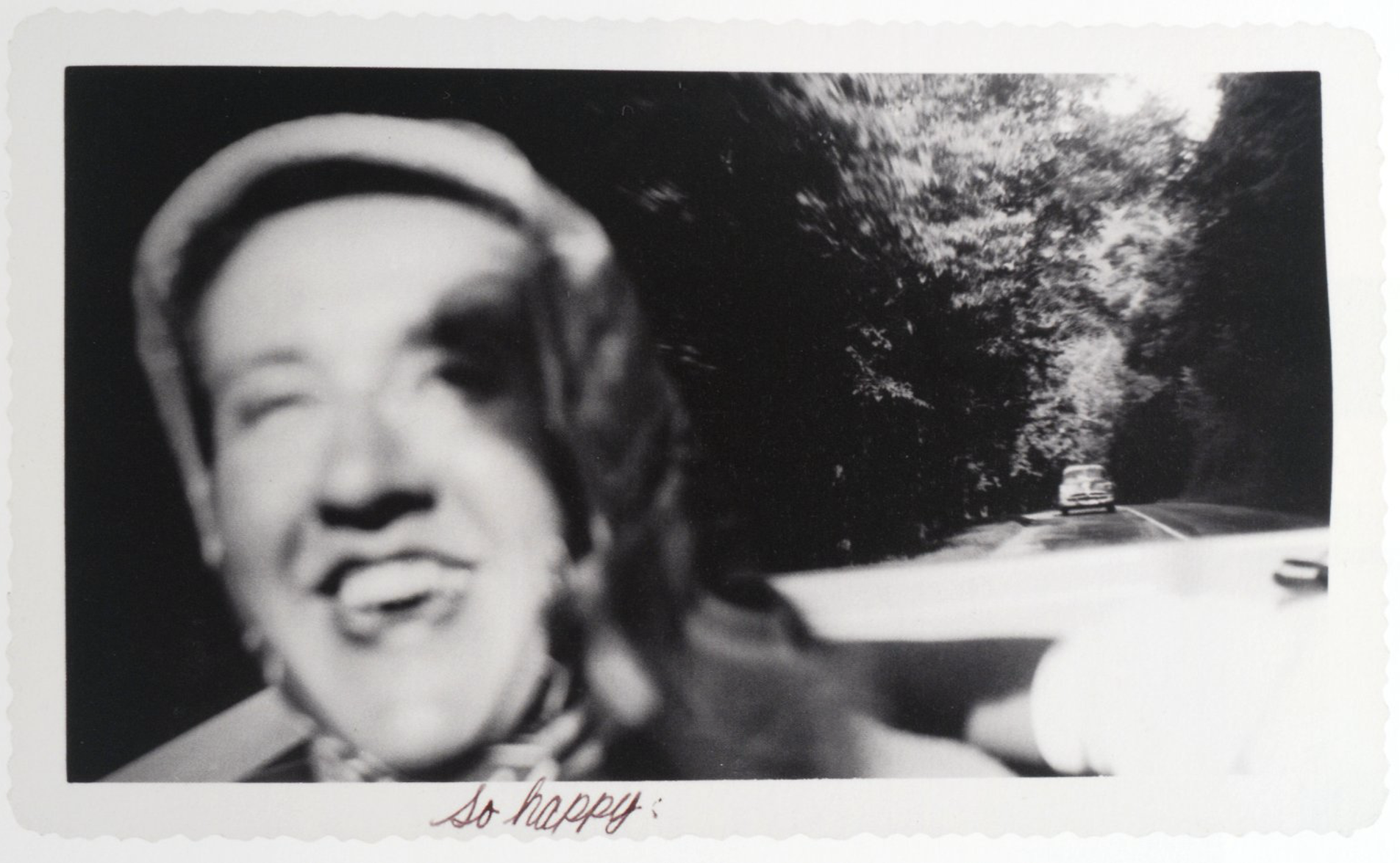
Title:
Artist:
Medium:
Date:
Significance:
snapshots by amateur photographers that captured friends/family life
defined as snapshot due to intent - not making aesthetic choices
we dont know if photographer was focusing on woman or car due to blur
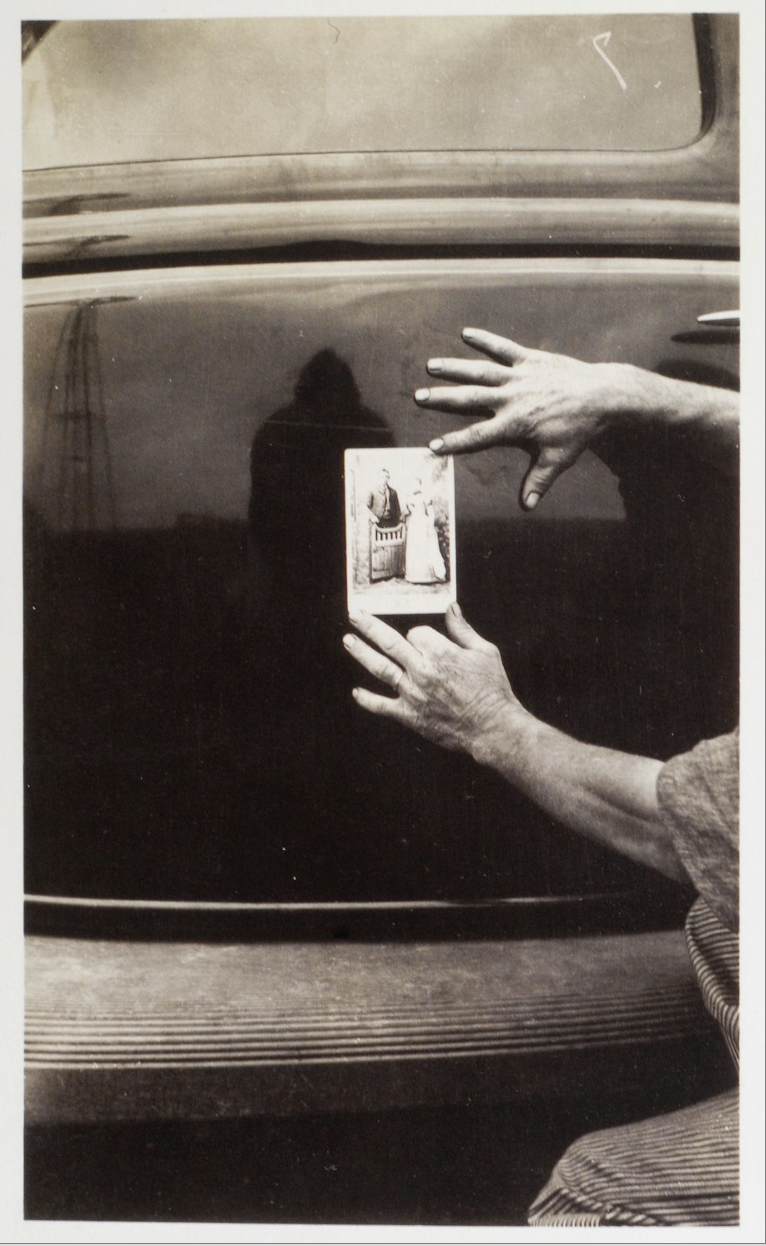
Title: Rosa
Artist: Anon
Medium:
Date: 1930
Significance:
Element of subversion - older photograph against industrialization
Juxtaposition between human vs mechanical aspect
Subverting idea of having a staged composition
Anxiety of passing of time- calling out move forward through industrial themes
Time was rendered more ephemeral, how do we capture and hold memories through the tsunami of progress
Fleeting memories that have to be captured before it keeps moving forward
Camera is contributing to accelerating pace of life despite it also grounding the viewer in the present
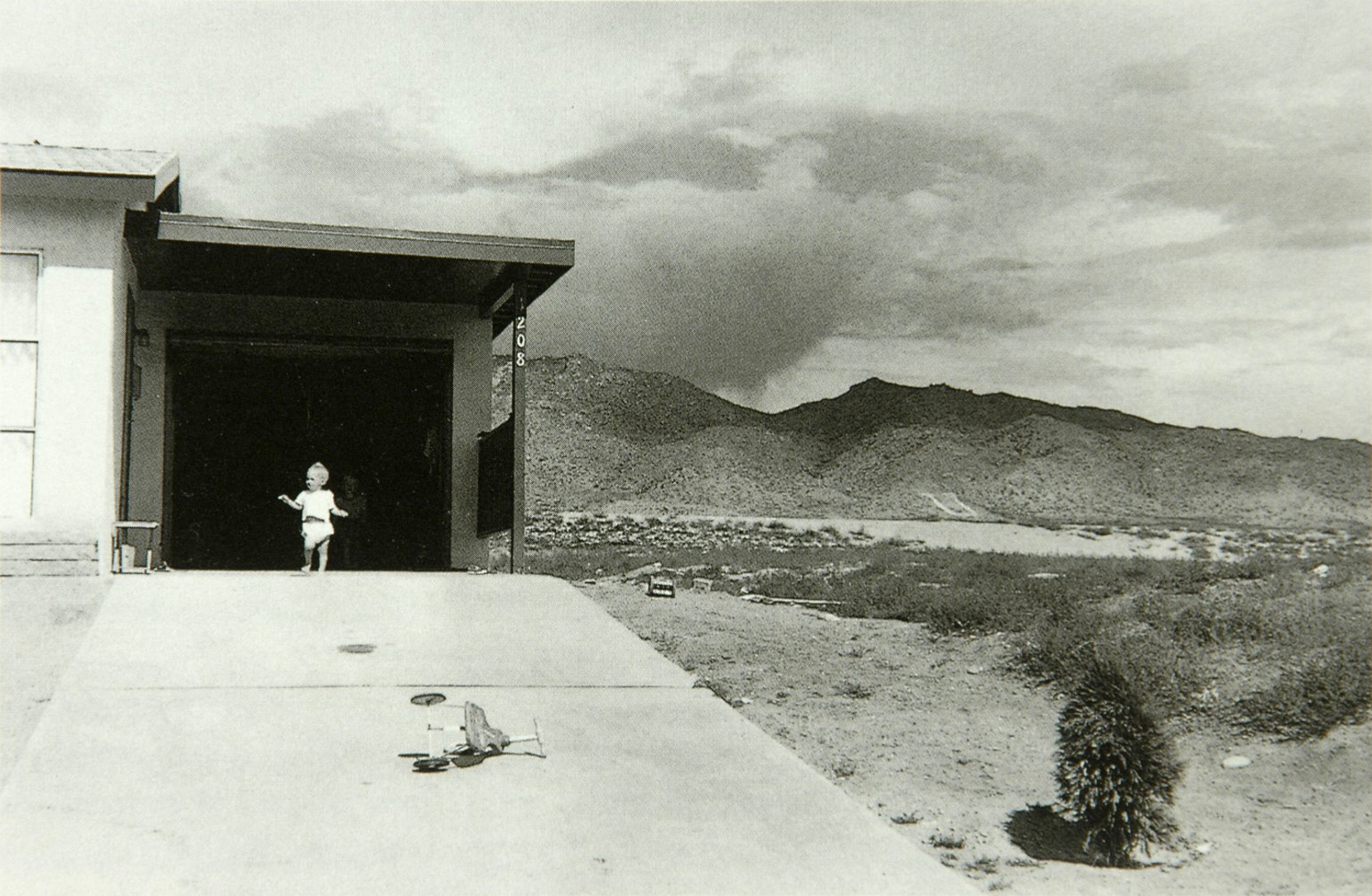
Title: “Albuquerque, New Mexico”
Artist: Gary Winogrand
Medium:
Date: 1957
Significance:
dark sense of foreboding - overturned tricycle, storm brewing
Winogrand was street photographer, liked the hand-held camera that allowed him to shoot at will
illusion of a literal description of how a camera saw a piece of time and space - photograph looks like truth but is actually an illusion - product of framing, timing, and photographer’s decision
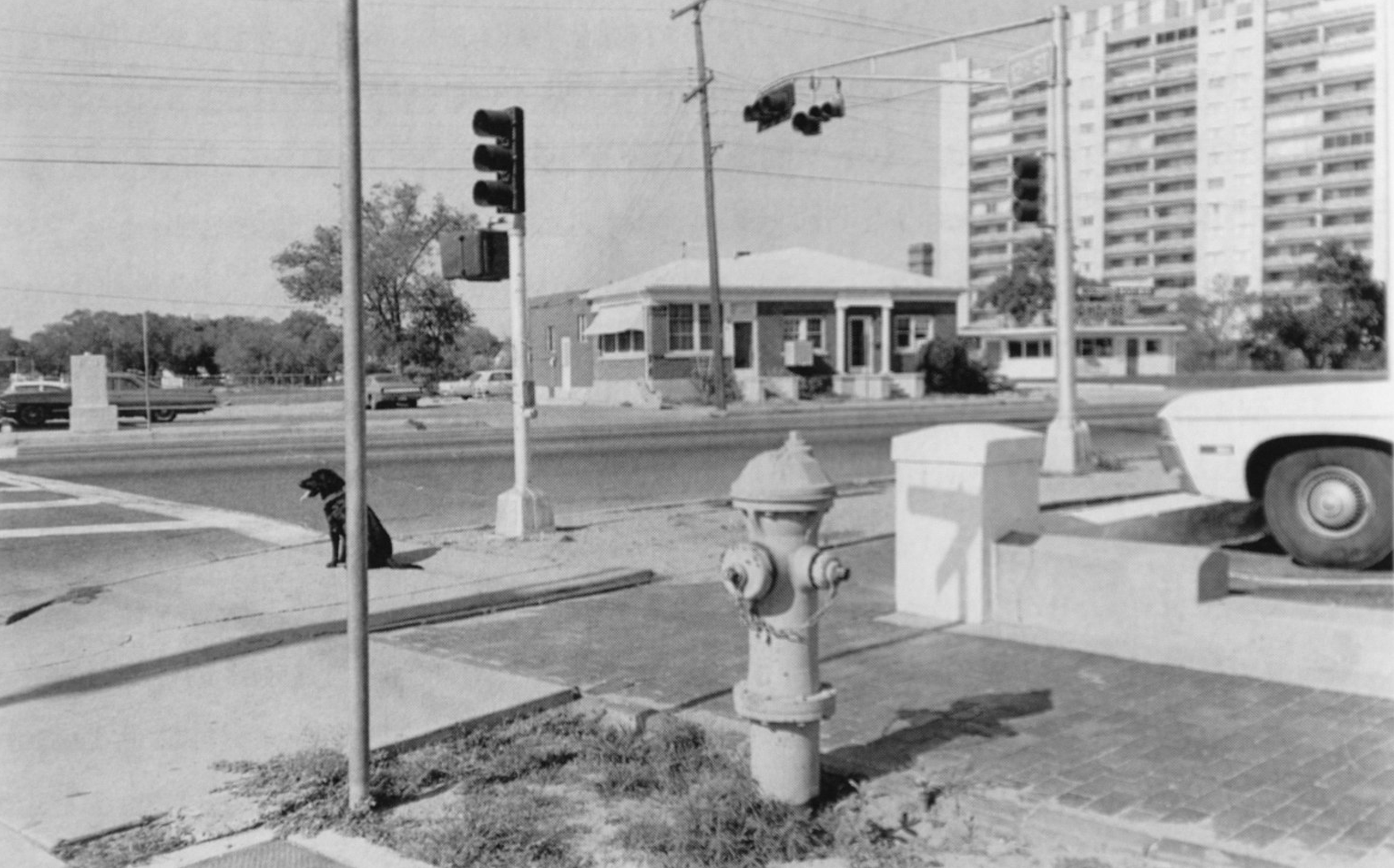
Title: “Albuquerque, New Mexico”
Artist: Lee Friedlander
Medium:
Date: 1972
Significance:
tension between order and chaos - tangled poles and wires vs carefully balanced composition
shows built American environment - captures ordinary, unheroic spaces and injects chaos into them
[Not covered in class]
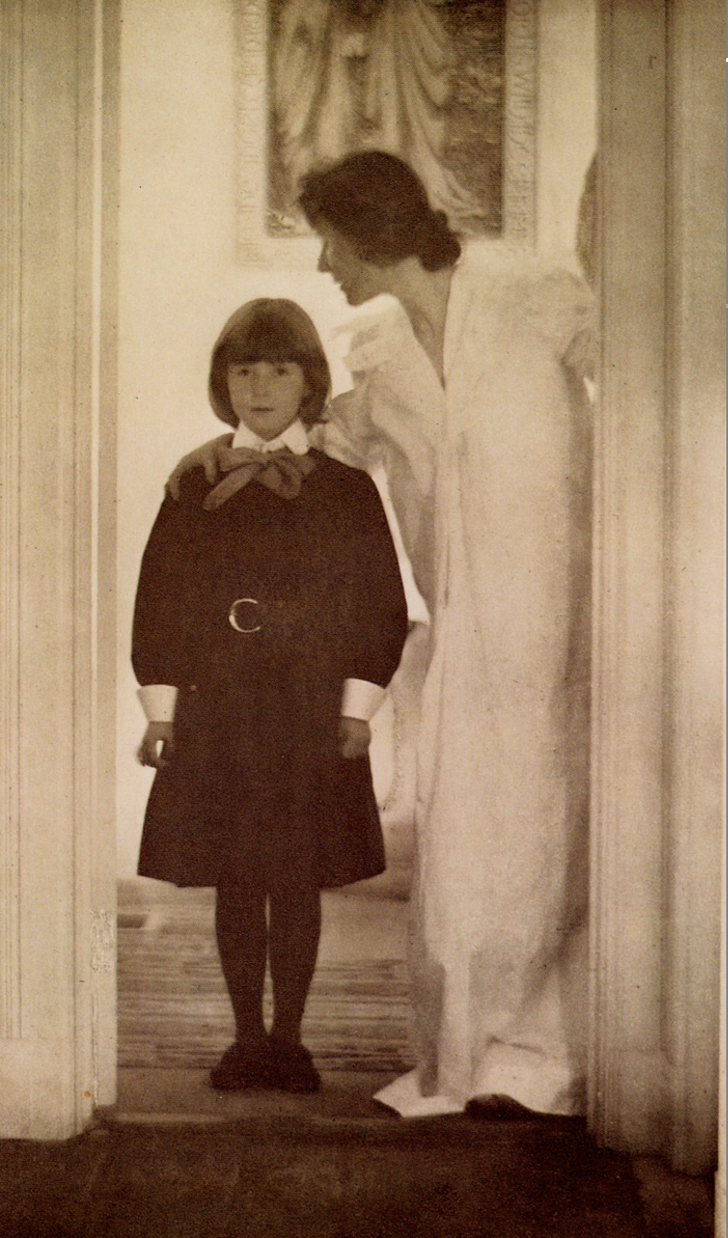
Title: “Blessed Art Thou Among Women”
Artist: Gertrude Kasebier
Medium: platinum print
Date: 1899
Significance:
domestic moment into a spiritual allegory of womanhood and transition — the mother guiding the child toward the light
connects the scene to themes of divine maternity and reverence, suggesting that everyday motherhood carries sacred significance
belief that women’s private, emotional worlds deserved artistic and cultural recognition.
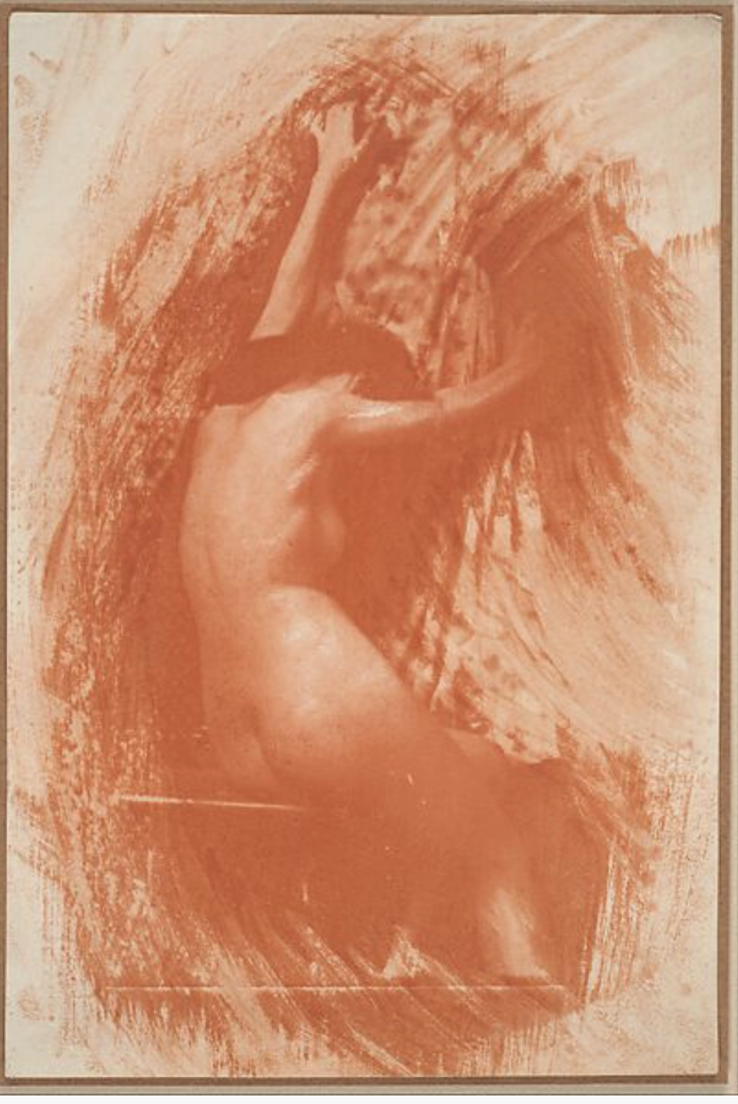
Title: “Struggle”
Artist: Robert Demachy (French)
Medium: gum bichromate
Date: 1903
Significance:
Replicating the fine arts
Did not elicit strong reaction bc it looks more like a drawing than a photograph, subdued
Clothed in art, symbolism, and allegorical meaning
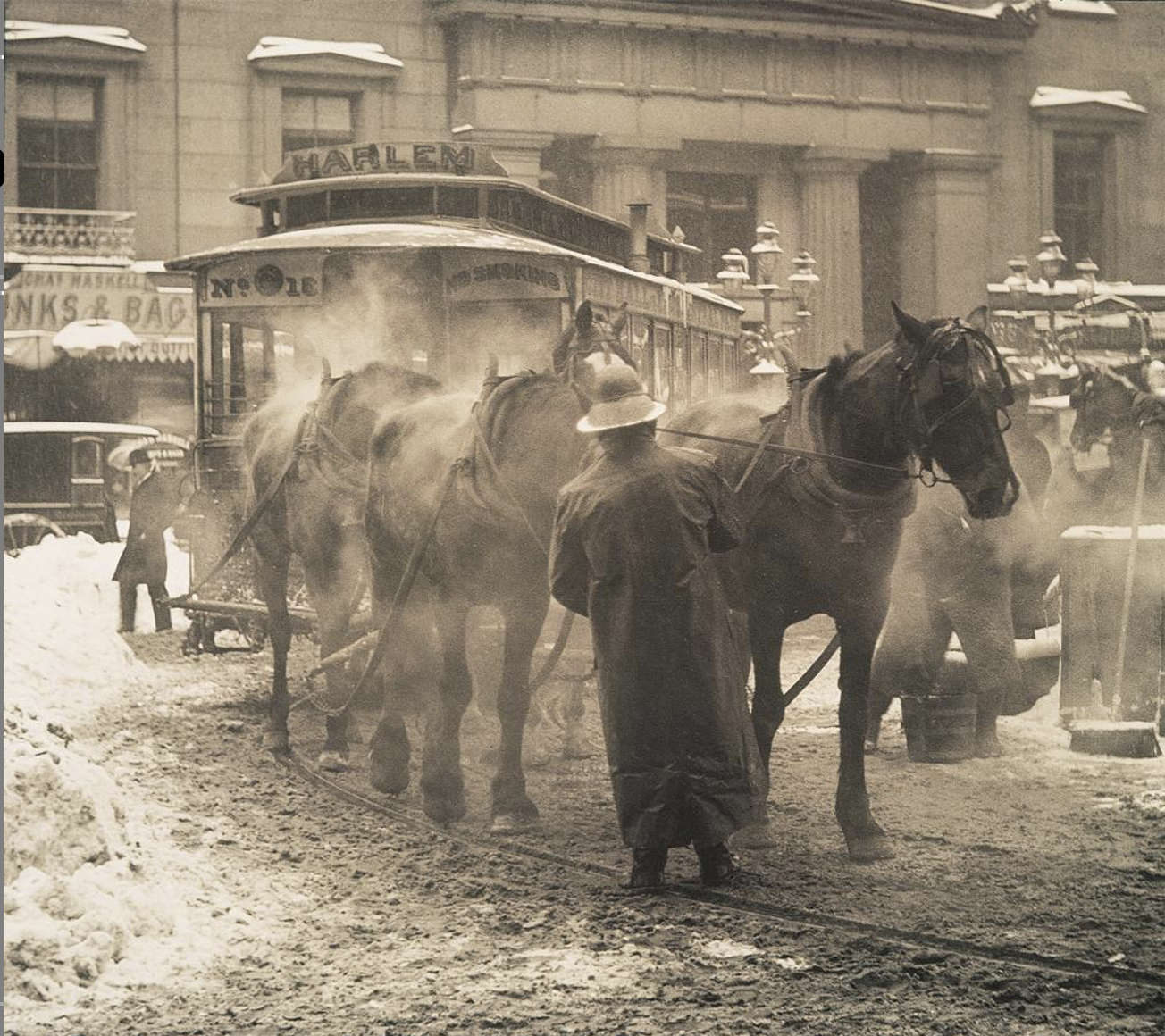
Title: “The Terminal”
Artist: Alfred Stieglitz
Medium: gum bichromate
Date: 1903
Significance:
pictorial
demonstrates how the camera could capture mood, texture, and atmosphere, not just facts.
steam and snow, emotional realism
photography can be faithful to the world but also expressive of artist
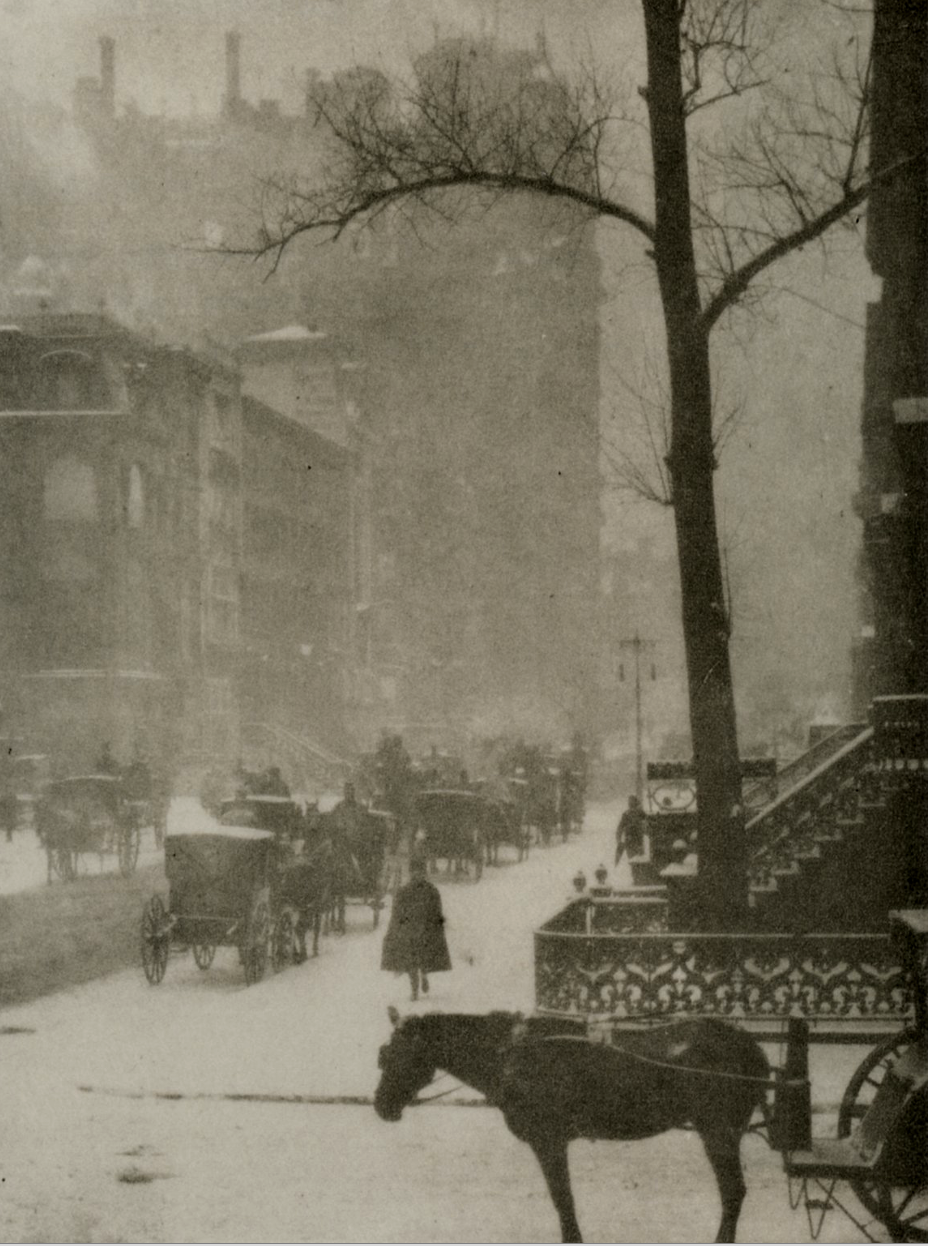
Title: “The Street—Design for a Poster”
Artist: Alfred Stieglitz
Medium:
Date: 1901
Significance:
breaks away from pictorial style (painterly, atmospheric, soft focus) - sharp lines, high contrast
By titling it a “design,” he aligned photography with graphic design and modernism, showing that the camera could create compositions of pure form rather than mere documentation
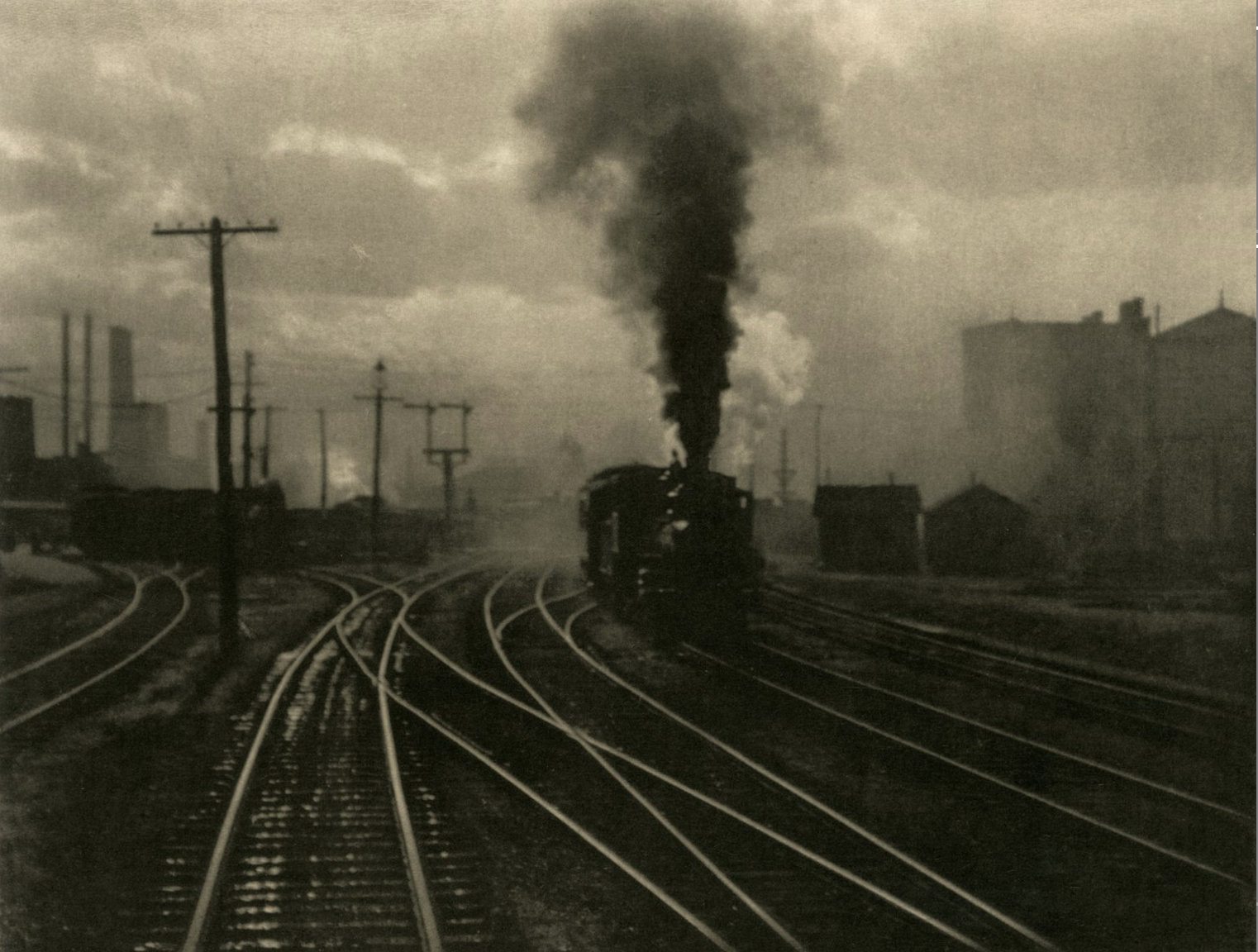
Title: “The Hand of Man”
Artist: Alfred Stieglitz
Medium:
Date: 1902
Significance:
created to show that modern subjects like machinery/railroads are just as worthy of art as nature/portraiture
movement toward future as train tracks lead our eye
title signifies that human touch is everywhere - celebration of human innovation but recognition of its costs
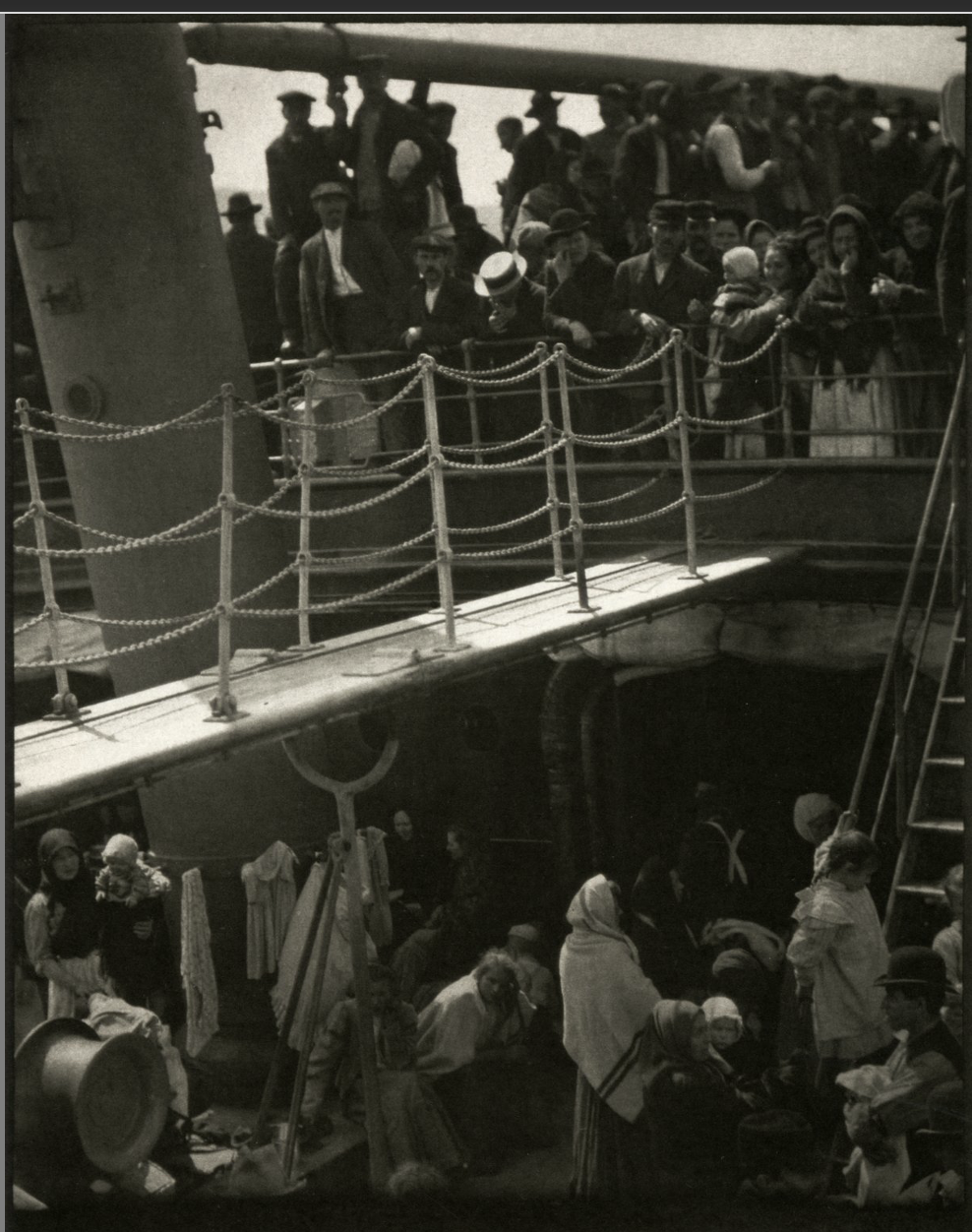
Title: “The Steerage”
Artist: Alfred Stieglitz
Medium: platinum print
Date: 1907
Significance:
taken on a trip back from Europe
wanted to convey his feelings as he was looking at the scene, paying attention to class distinctions from each floor
has forgotten social reality in front of him - about his own story and emotions he feels with it
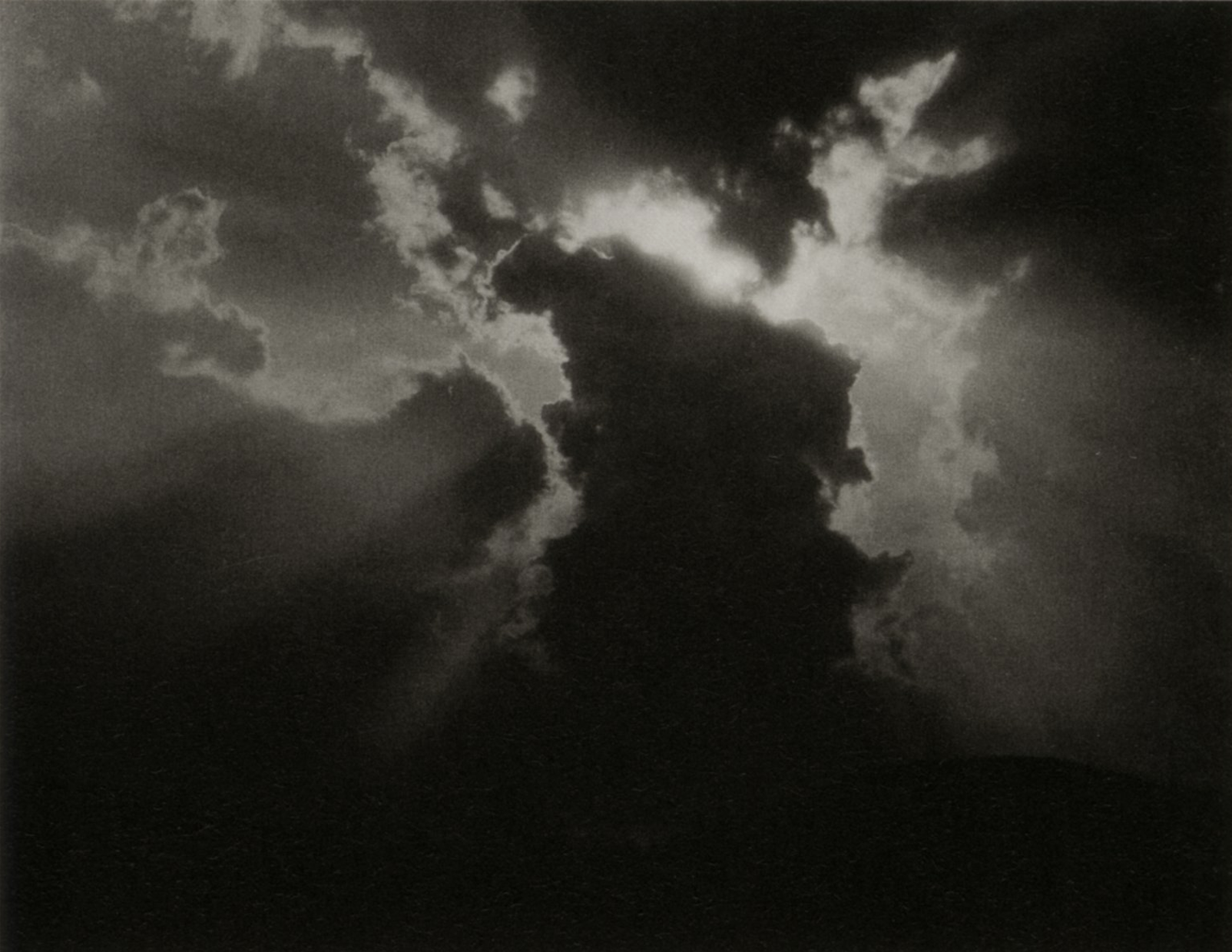
Title: Cloud formations
Artist: Paul Strand
Date: 1930
Significance:
light + organic shapes of clouds, ephemeral shifting nature
no horizon
purely about emotional response rather than subject
setting imagination loose, no narrative
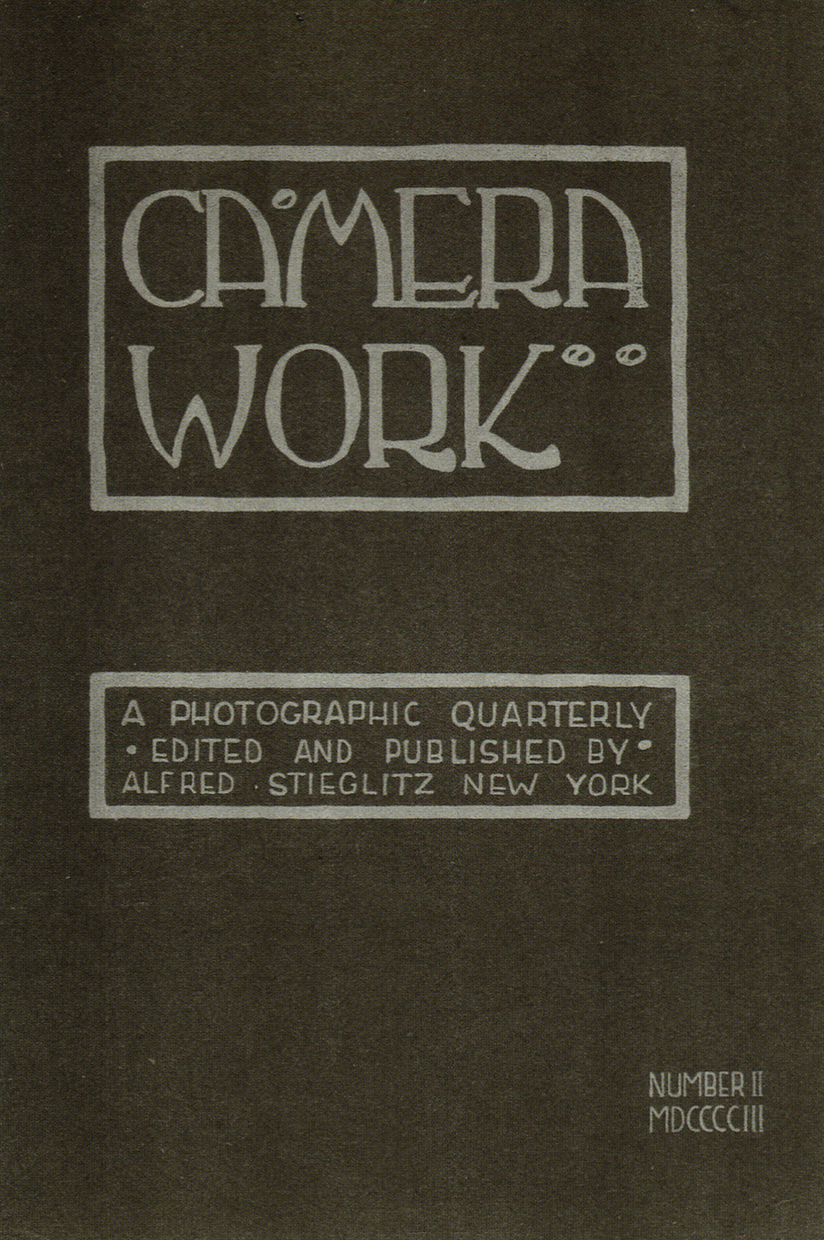
Title: Camera Work
Artist: Alfred Stieglitz
Date: 1903
Significance:
elevated photography to status of fine art
presented the best of pictorialism (sought to make photos look painterly)
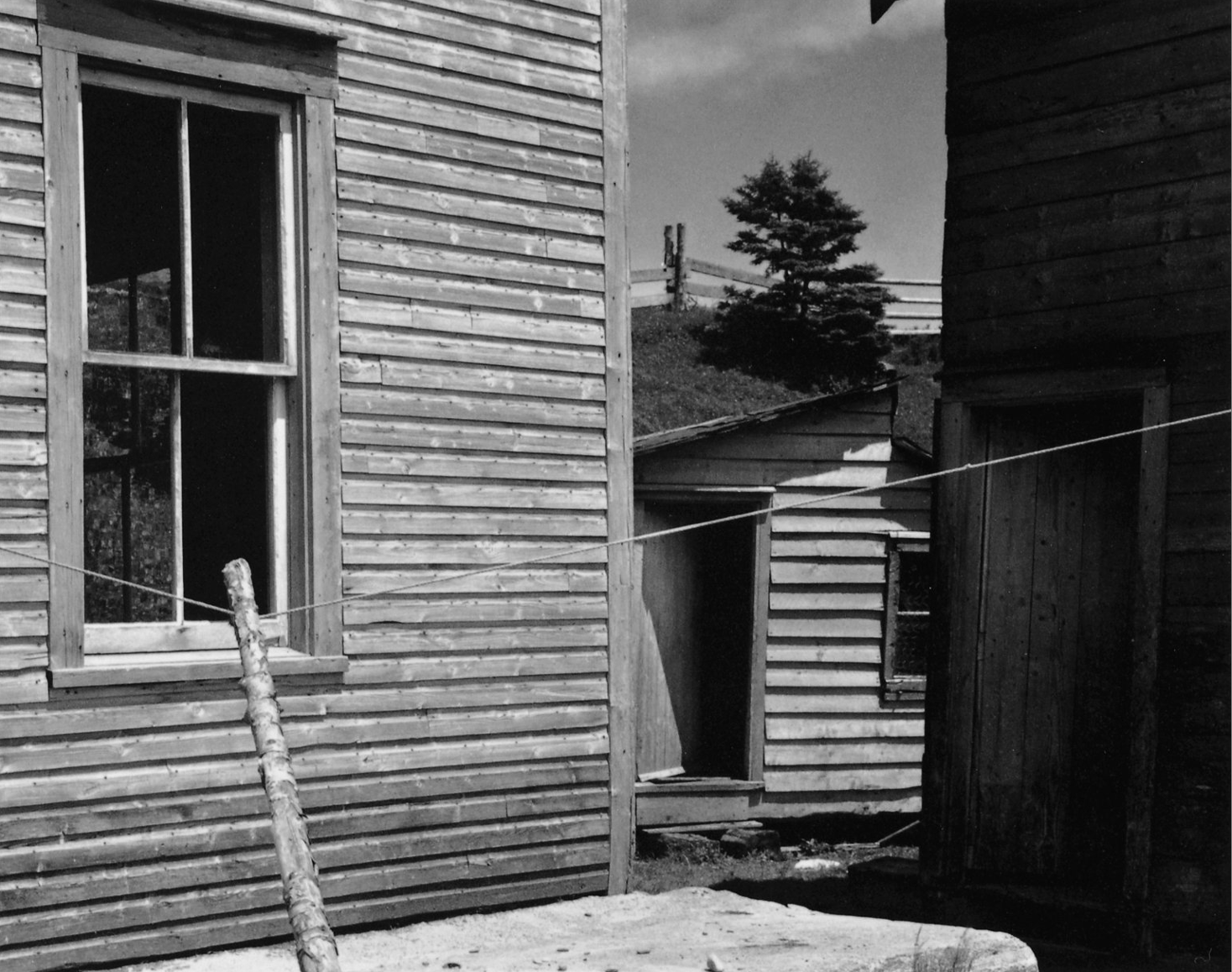
Title: “House, Gaspe Peninsula, Canada”
Artist: Paul Strand
Medium: palladium print)
Date: 1929
Significance:
explored how human lives are inscribed in landscape
no people, but the house itself feels human through weather-beatenness
abstraction and realism through flat frontal plane
finds formal beauty in lived reality
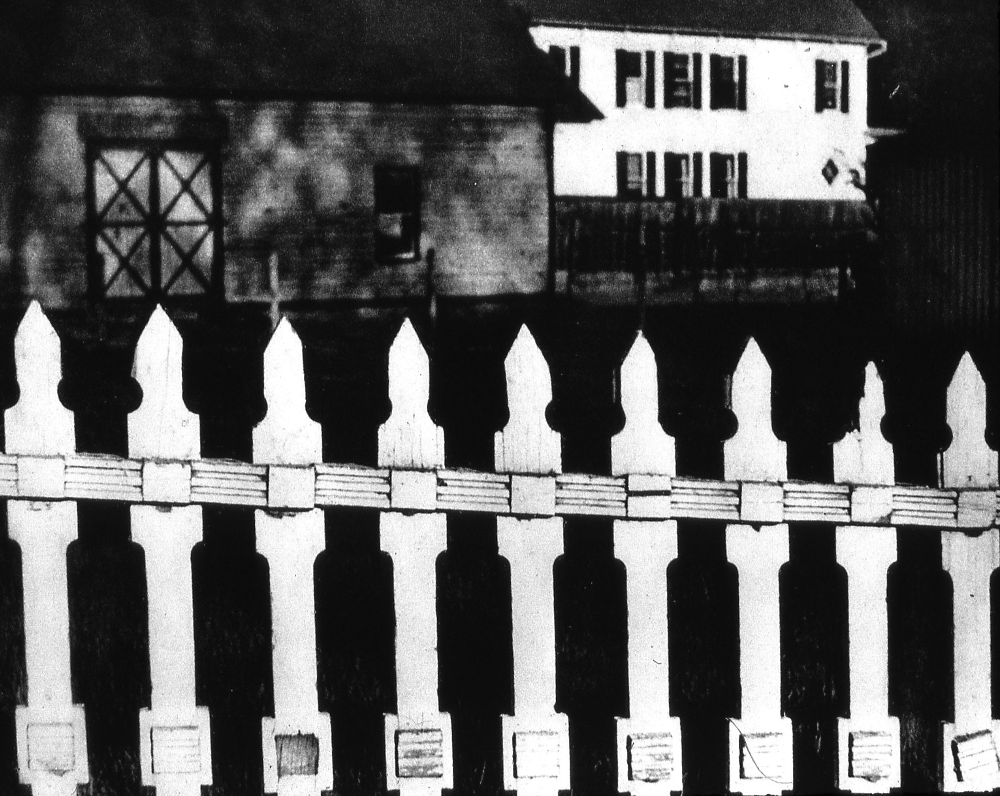
Title: “The White Fence”
Artist: Paul Strand
Medium:
Date: 1915
Significance:
heavily criticized for flattened look
did this to combine the indexicality of image with darkroom magic
does what stieglitz made fun of, but creates abstract photography that plays with depth, light, and shadow
believed photography could open up new ways of seeing the world
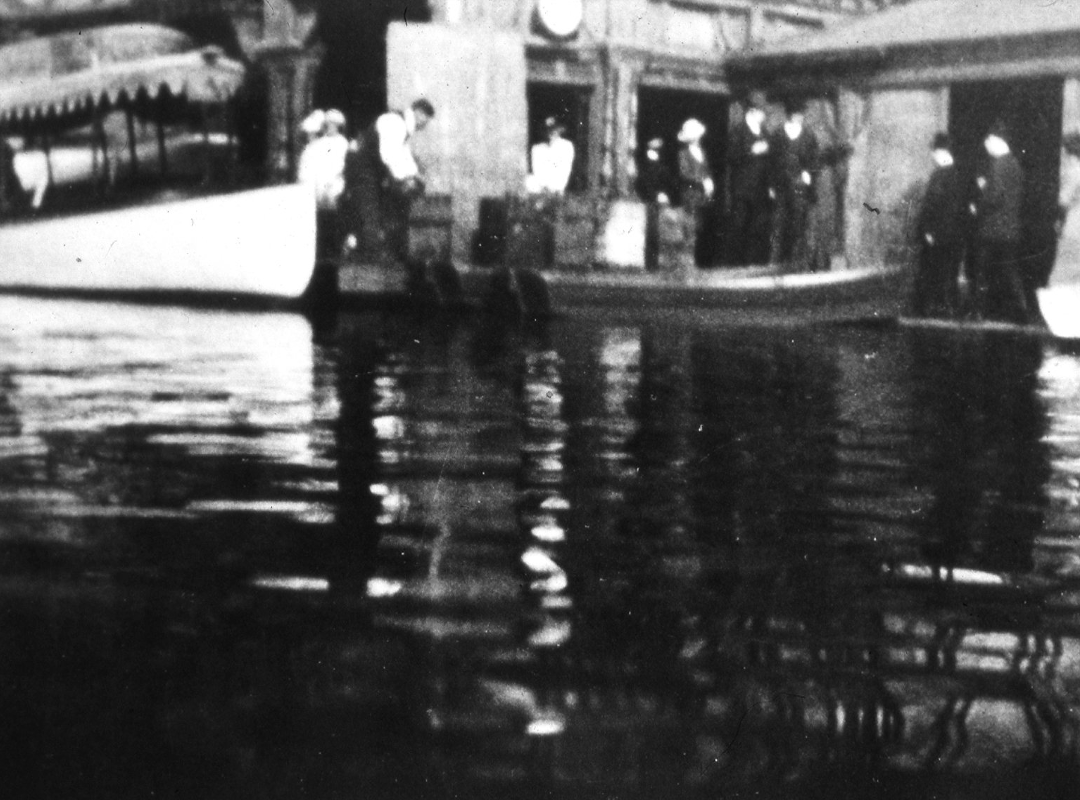
Title: “Venice”
Artist: Paul Strand
Medium:
Date: 1911
Significance:
believed that true medium of expression is abstraction
purely about emotional response rather than subject
ephemeral, shifting nature
setting imagination loose, no narrative
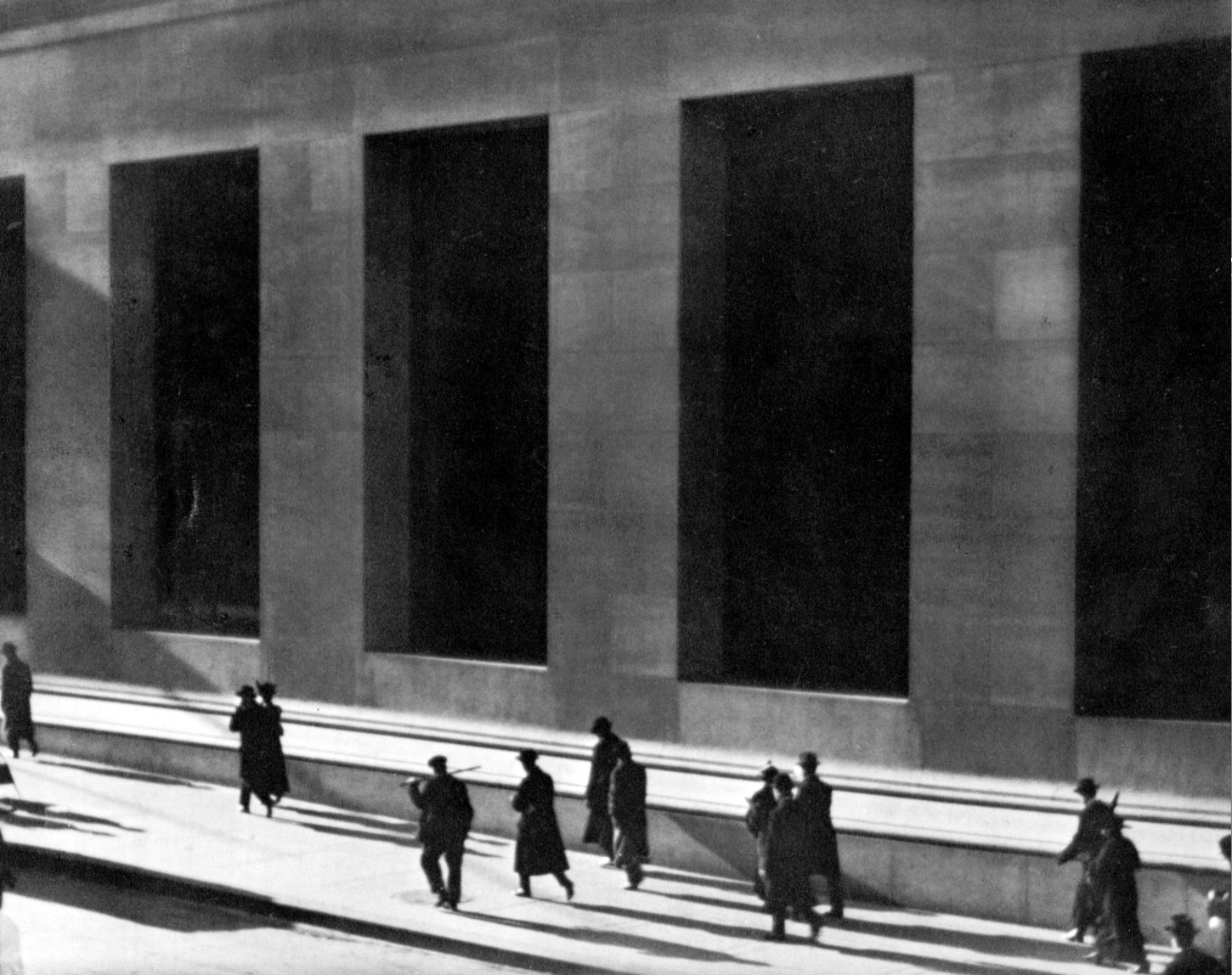
Title: “Wall Street”
Artist: Paul Strand
Medium:
Date: 1915
Significance:
Strand was fascinated by the little people rushing past the sinister, foreboding shapes
sees this as a portrait of JP Morgan
capitalism has a lasting effect on American culture
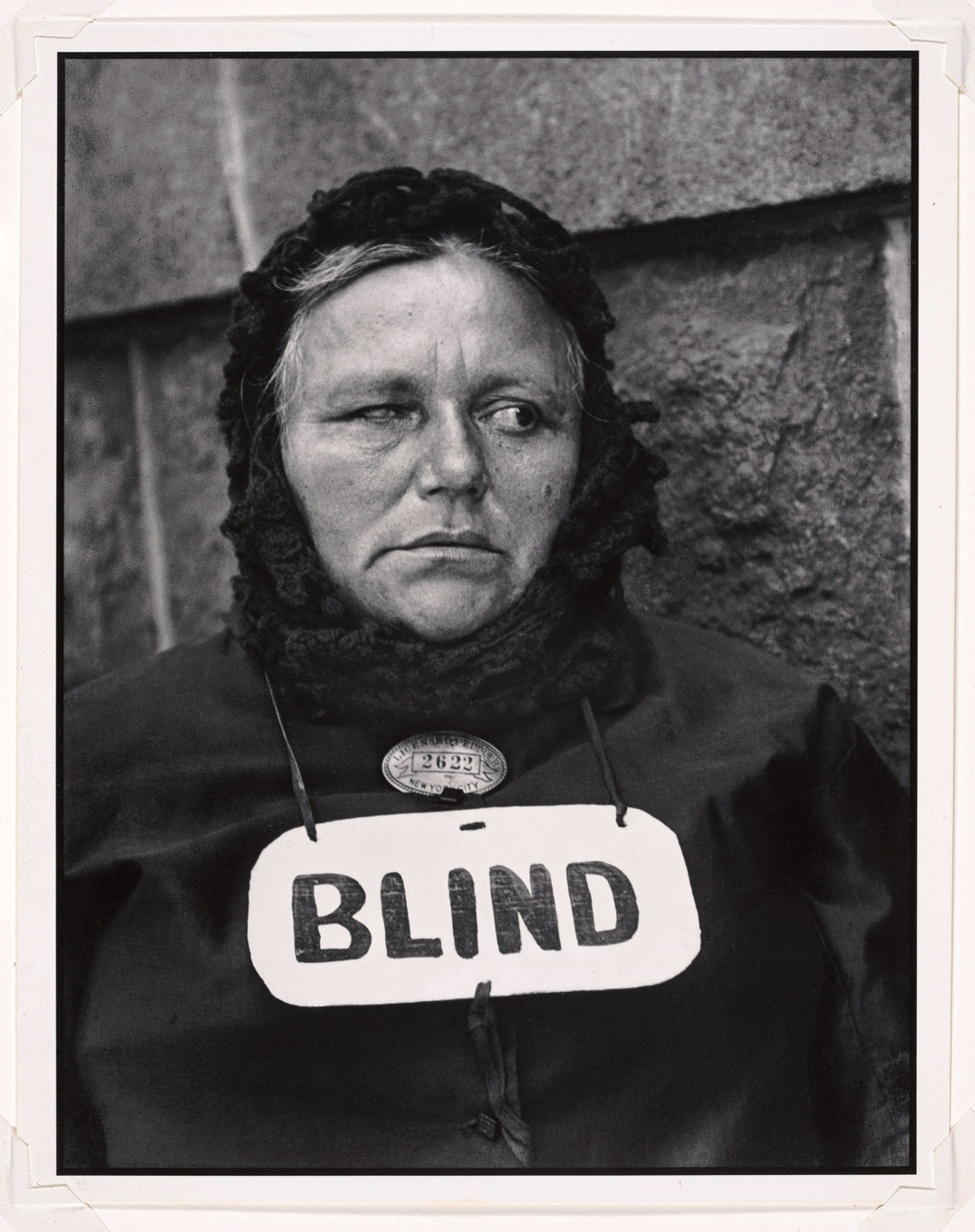
Title: "Blind Woman”
Artist: Paul Strand
Medium: platinum photograph
Date: 1916
Significance:
Emerging genre of social documentary
Tag that has announcement of poverty - number that identifies that she has the right to beg on the streets
In Strand’s sight, the lowliest of people assume important status
Double meaning of blind - who’s blind? Are we the blind ones?
very close cropping - increases the power of encounter we are having with the woman
Sense that she’s still looking at us - she possesses non-physical form of vision, playing out mythic dimensions of blind seer
Ancient mysterious power
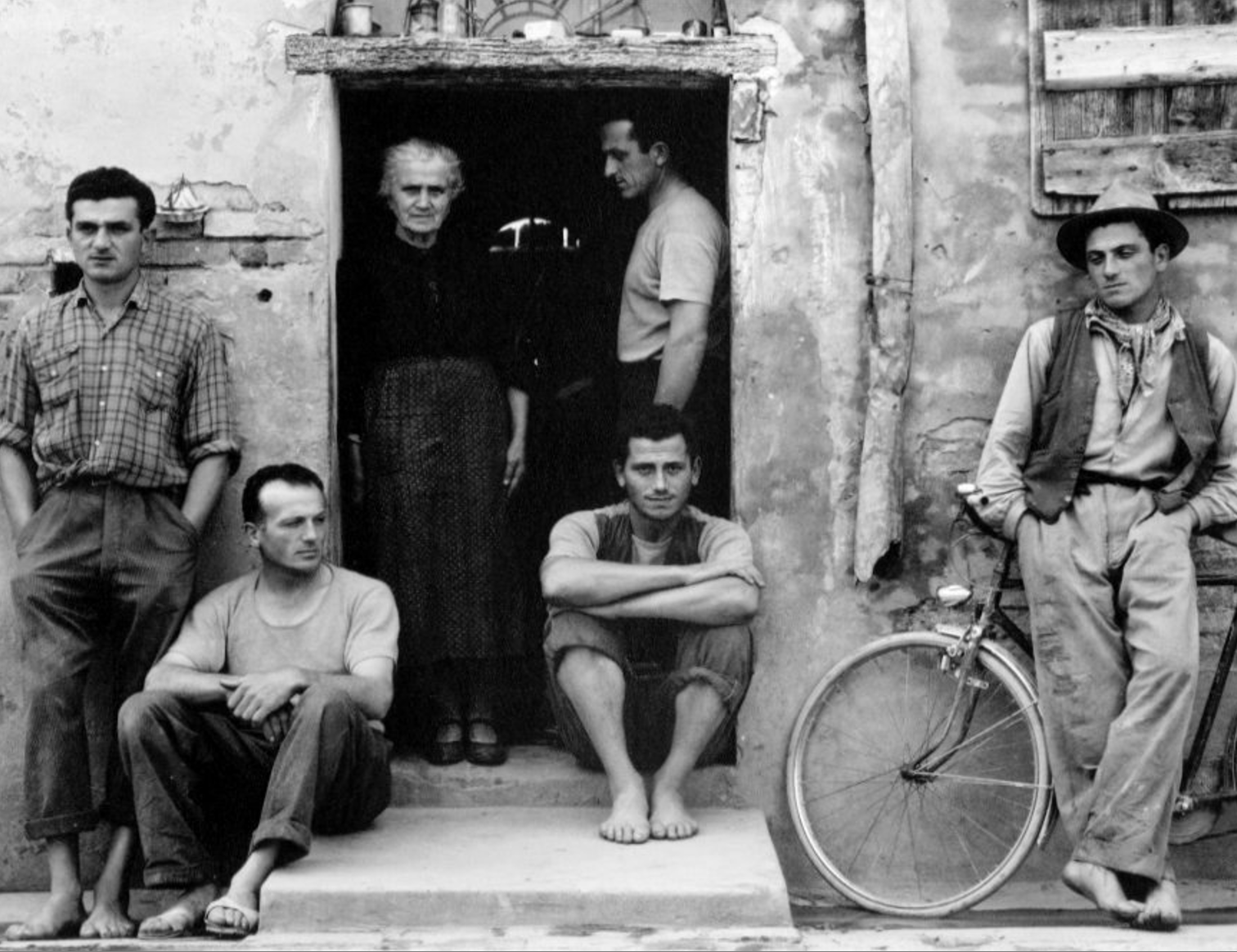
Title: "The Family, Luzzara (Po Valley), Italy”
Artist: Paul Strand
Medium: gelatin silver print
Date: 1953
Significance:
collective portrait of ordinary endurance after historical trauma
celebrates working class as moral center of society by choosing to photograph them over elites
Not covered in class
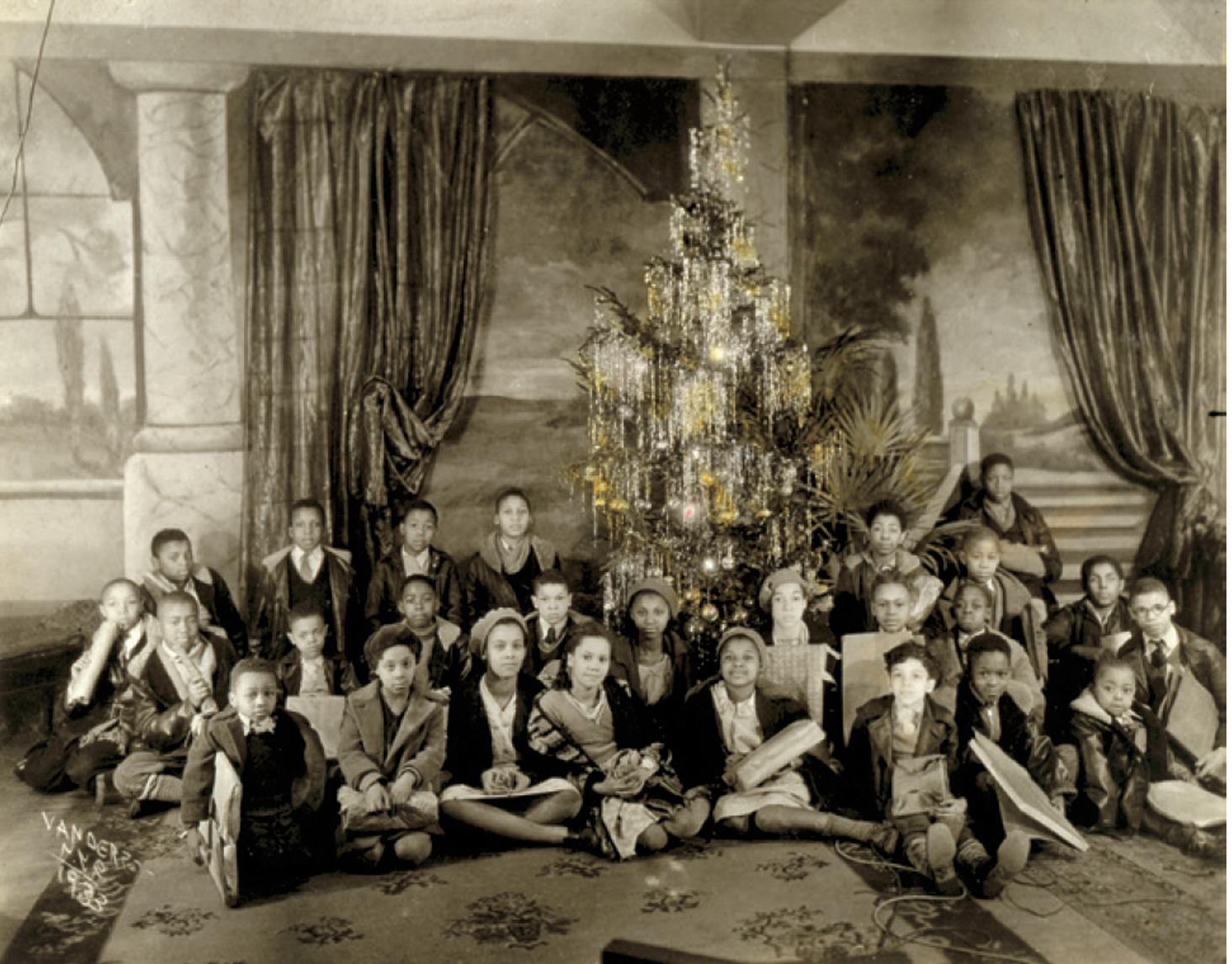
Title: “Children in Front of a Christmas Tree at
G.G.G. Photo Studio”
Artist: James Van Der Zee,
Medium:
Date: 1933
Significance:
Commercial genre, producing on commission
places Black life in realm of family and respectability, countering racist sterotypes
Christmas tree as marker of inclusion in American life, reframed through Black lens
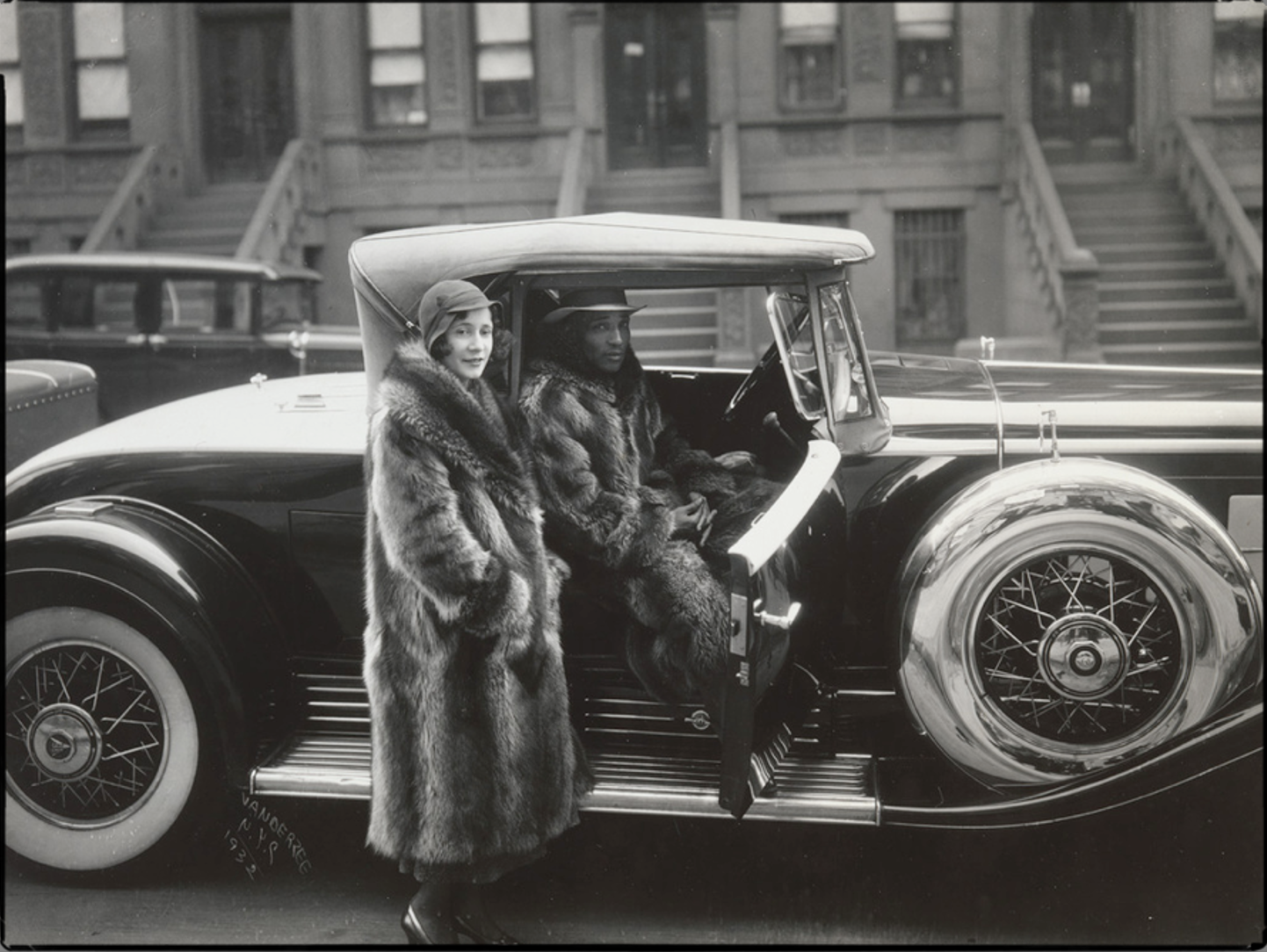
Title: “Harlem Couple”
Artist: James Van Der Zee,
Medium:
Date: 1932
Significance:
Makes you think about who these people were in the moment - how staged is this photo?
More about the subject’s vision rather than the artist’s vision
Probably dancers - self-signifying as stylish + self-realization
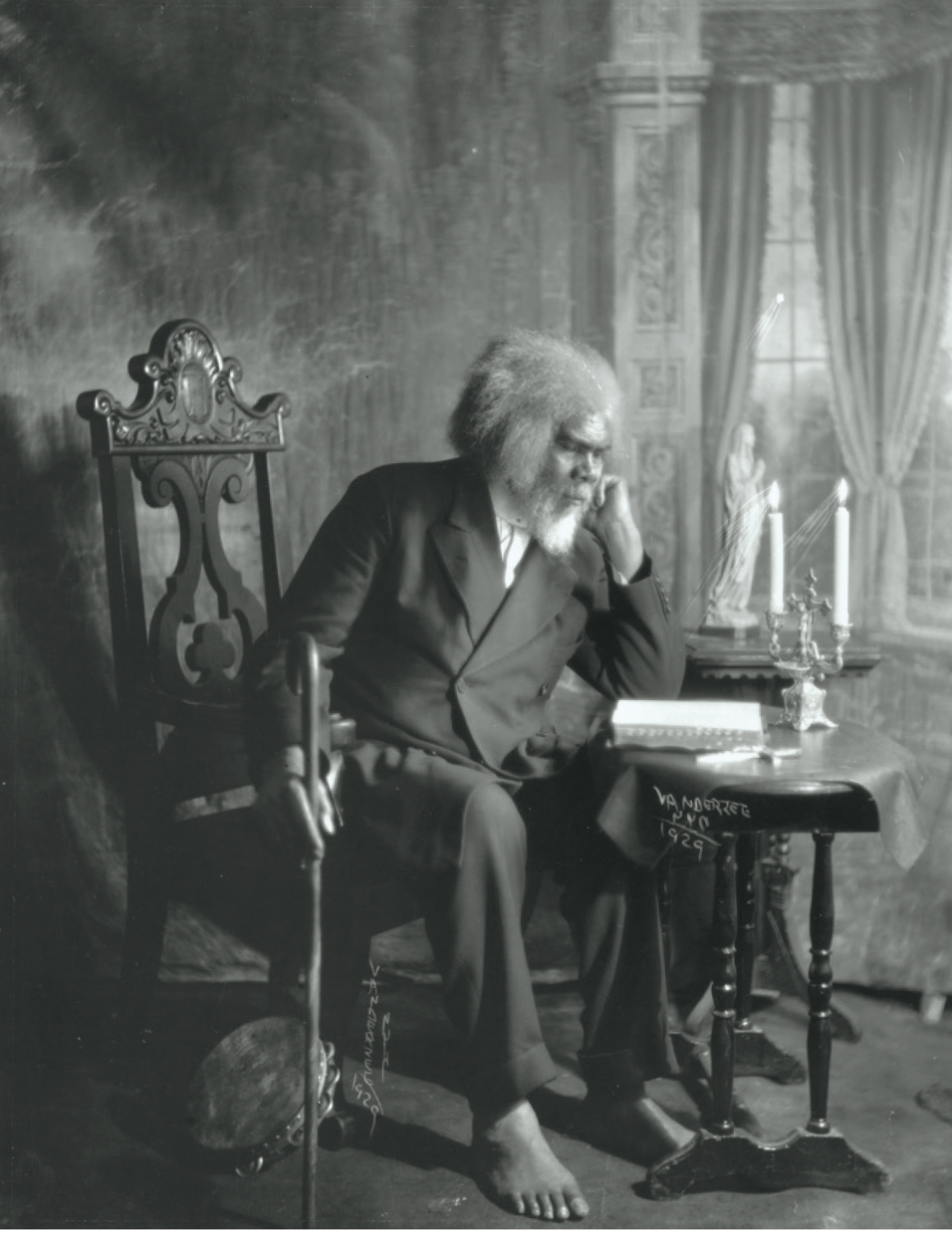
Title: “Barefoot Prophet”
Artist: James Van Der Zee,
Medium:
Date: 1929
Significance:
framed him to be wise and pensive
refined way of dress and props
staring deep and thought and reading a book
Etched ray lines of light coming out of the candles, scratching them into the negative before printing it
Pensive, wise, deep in thought vs crazy (eyes are wide)